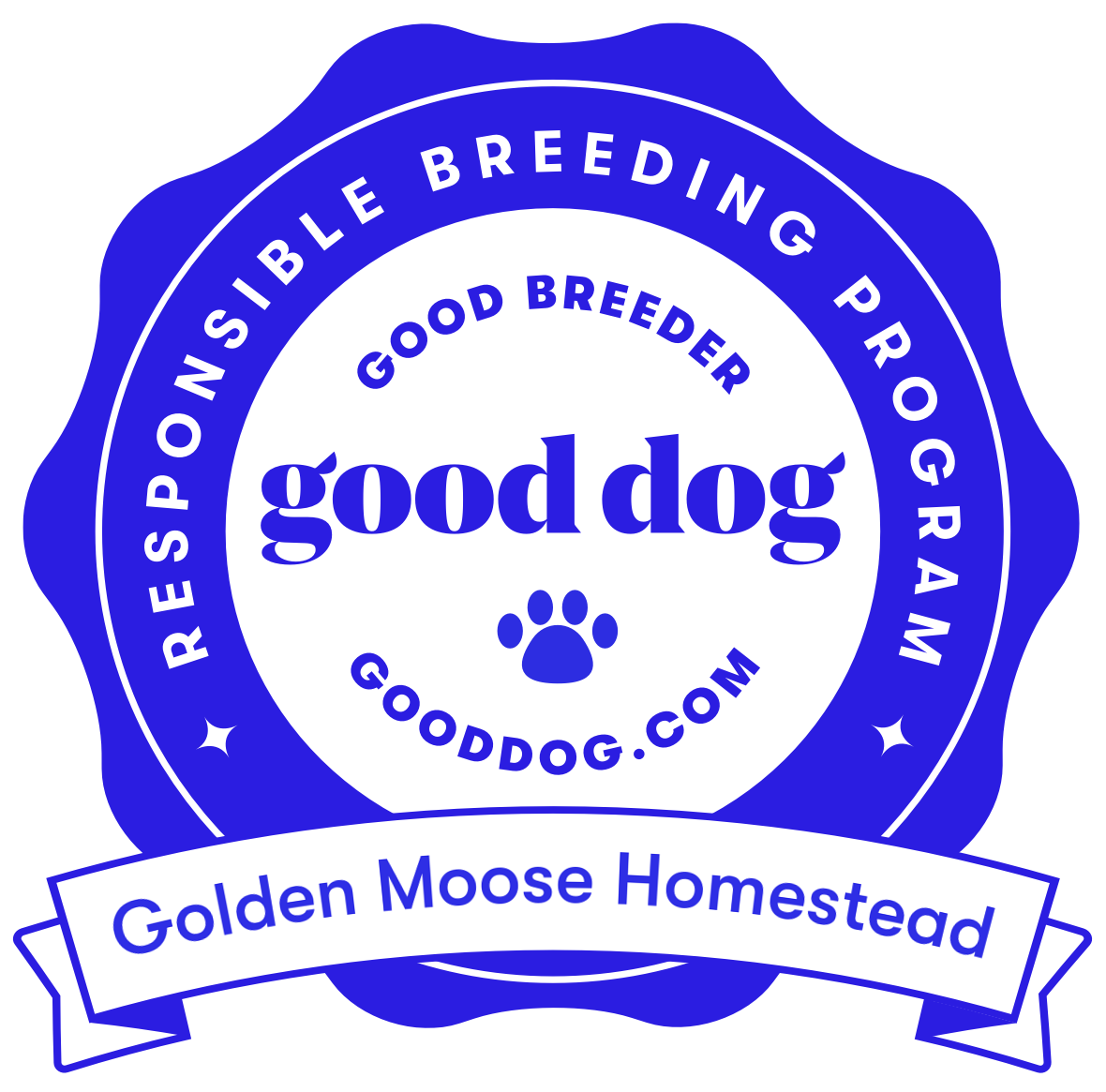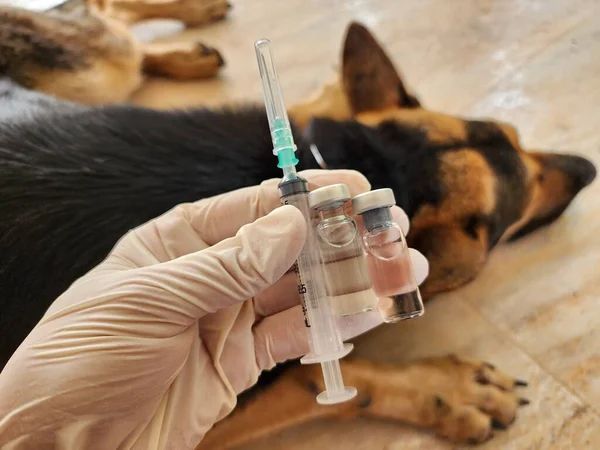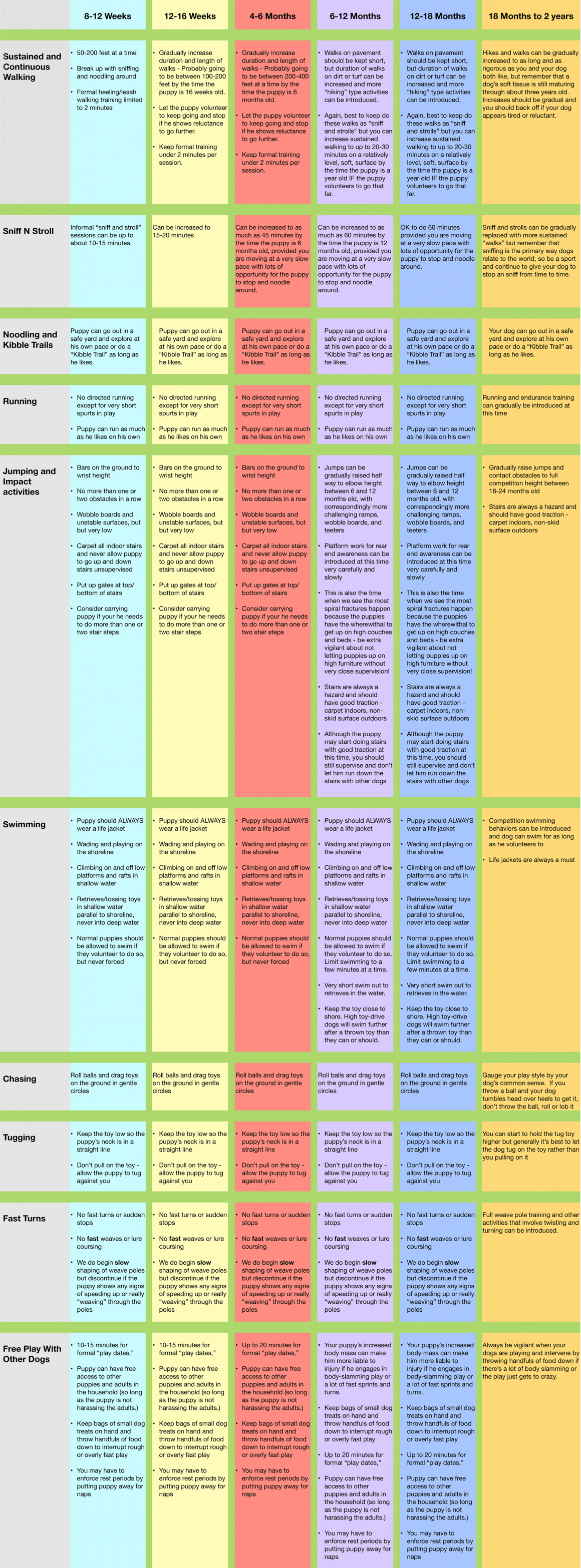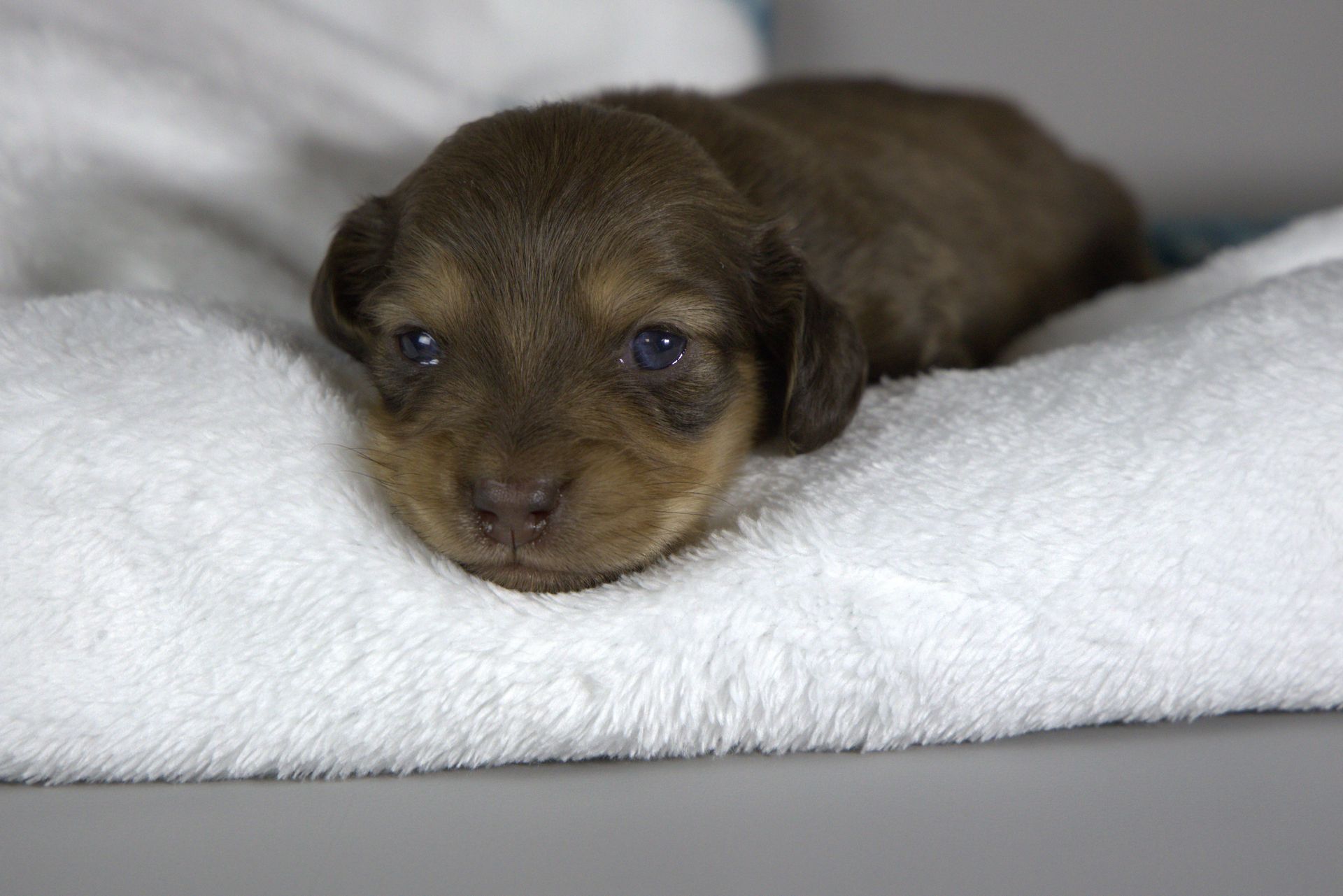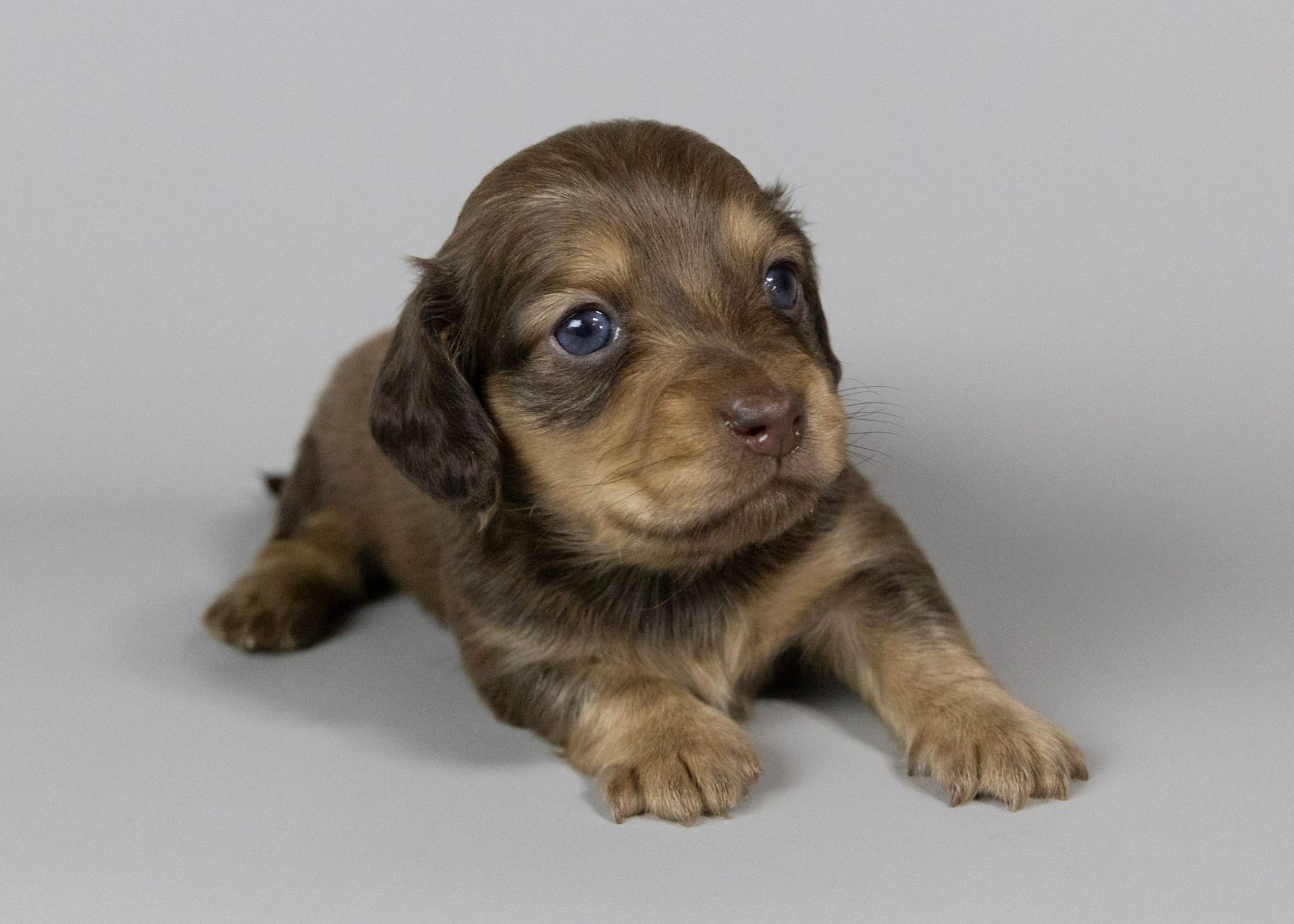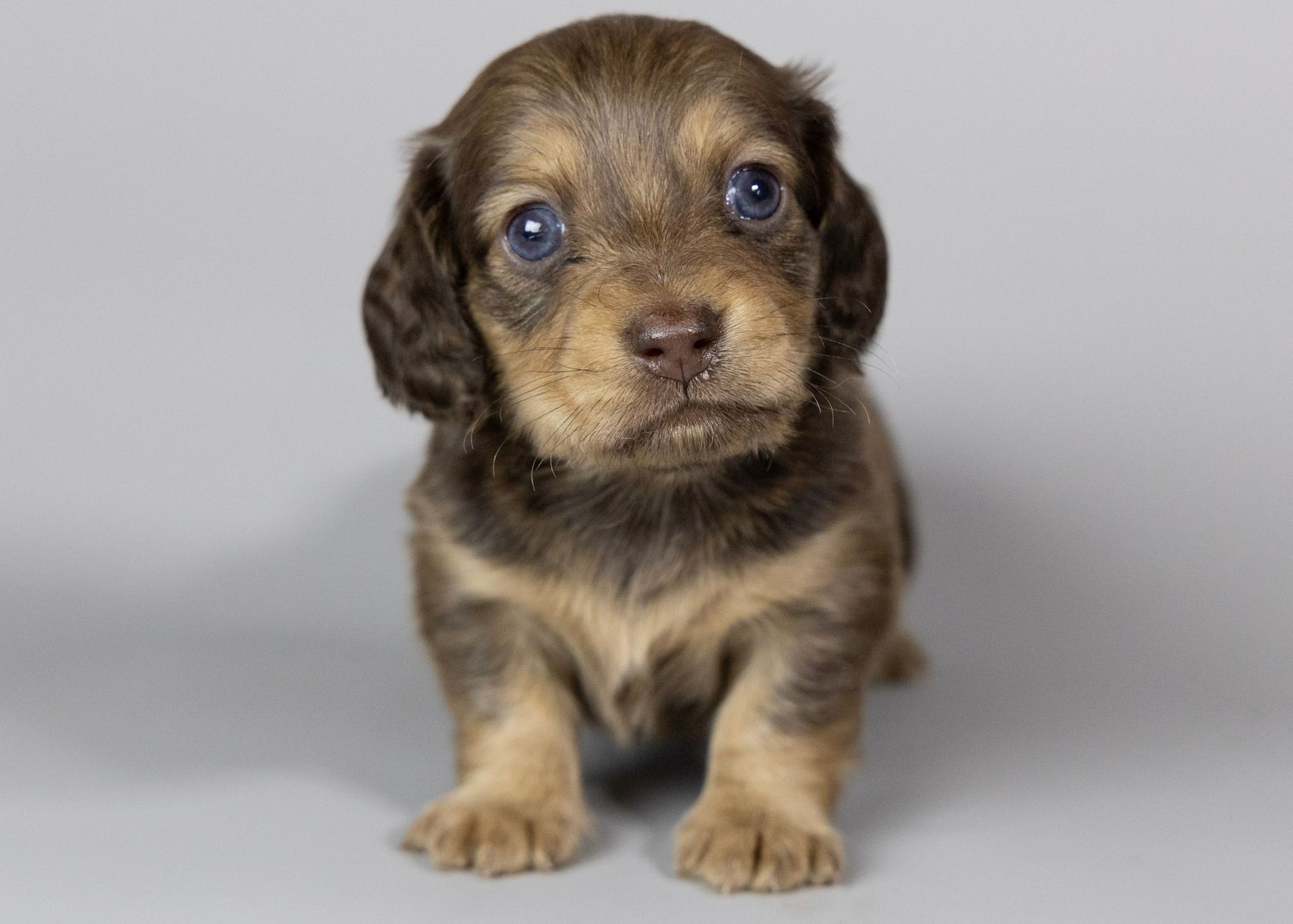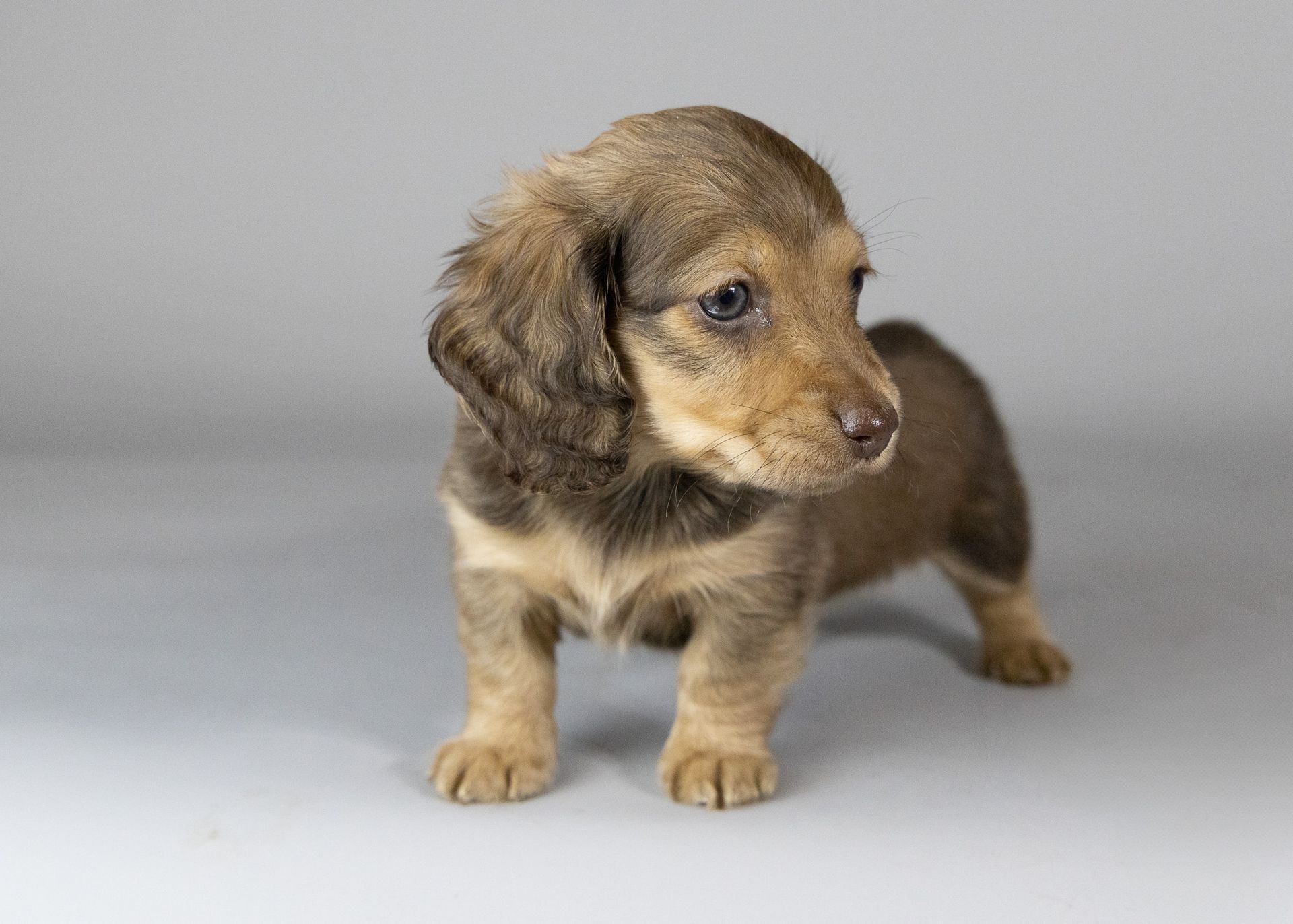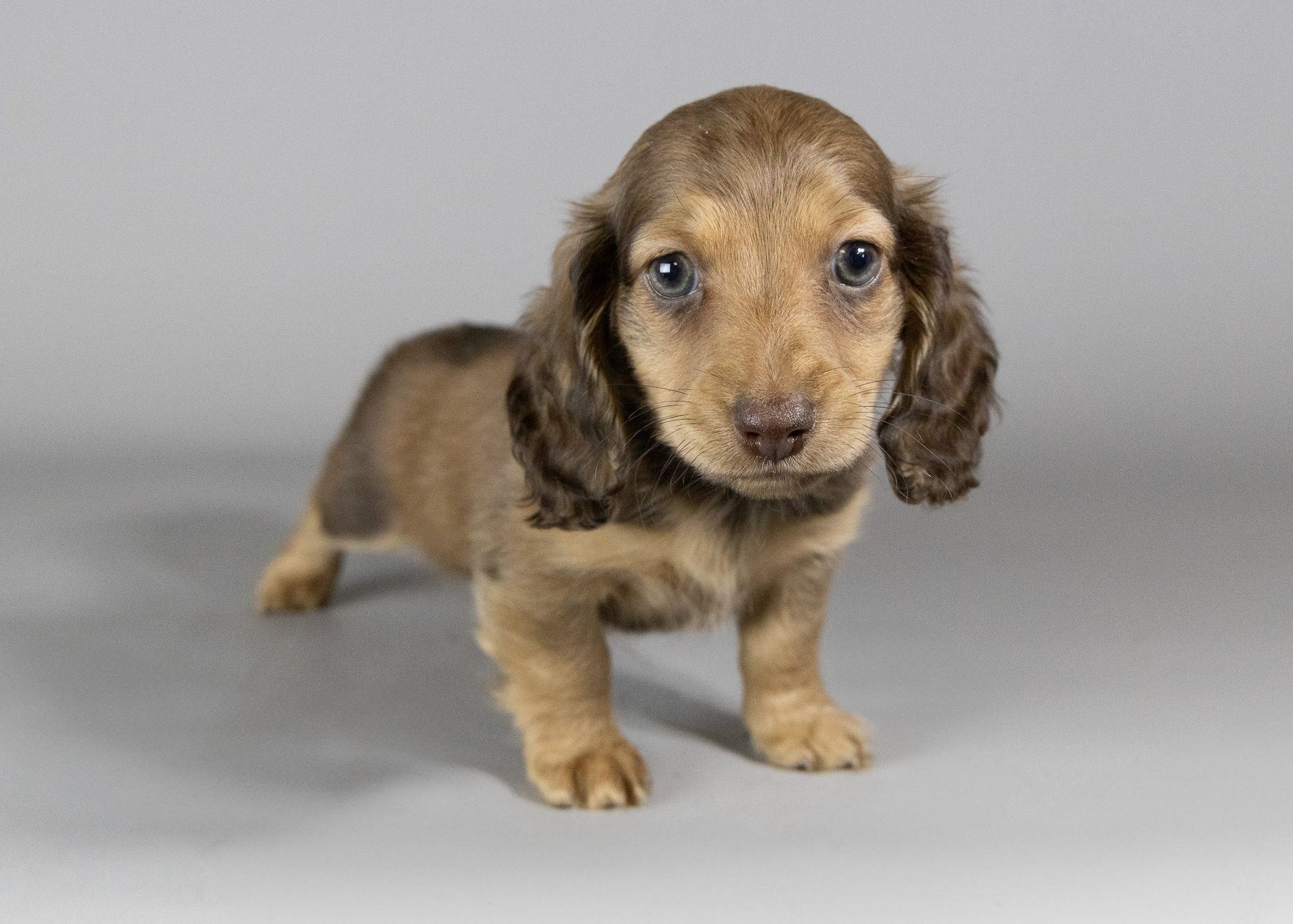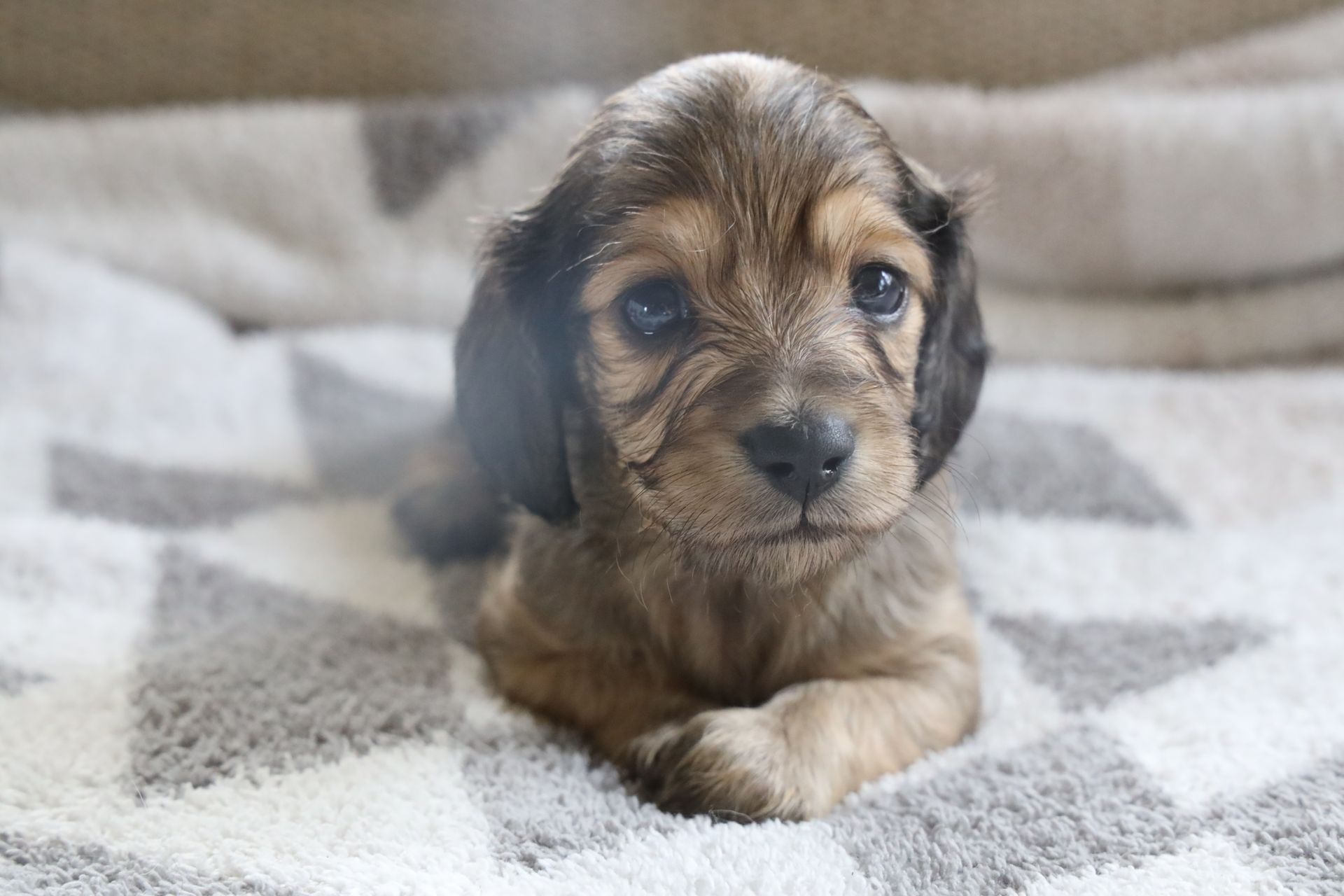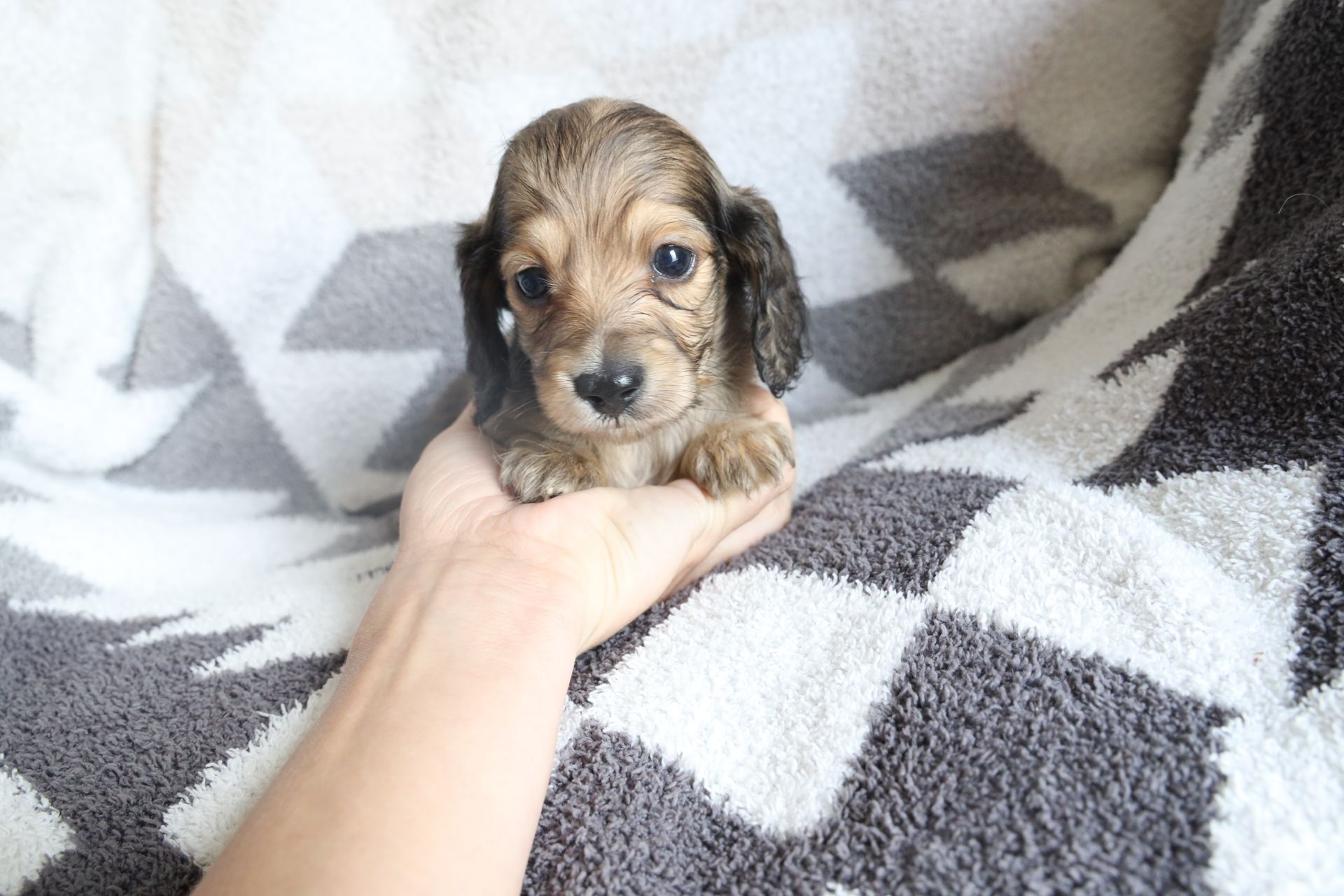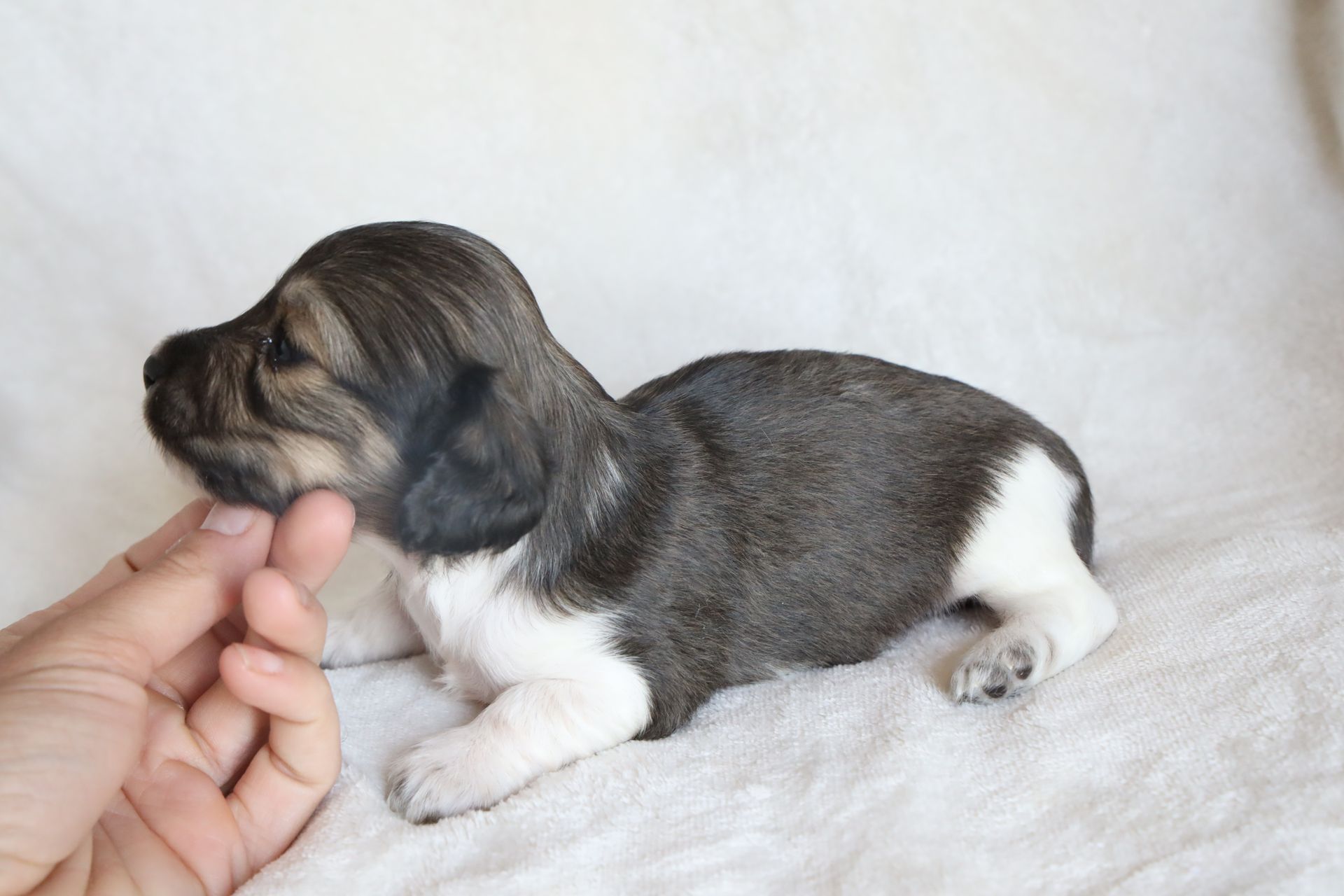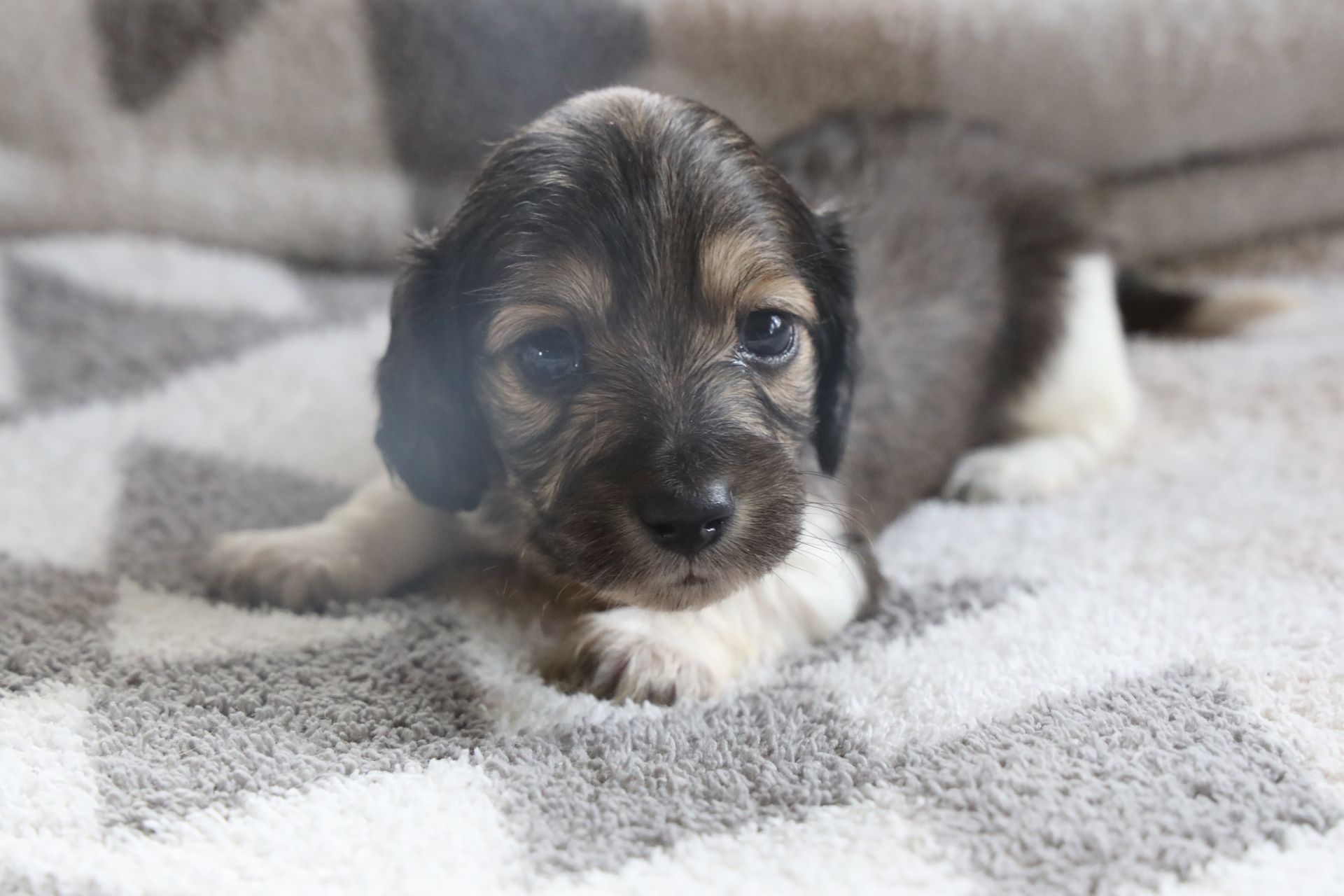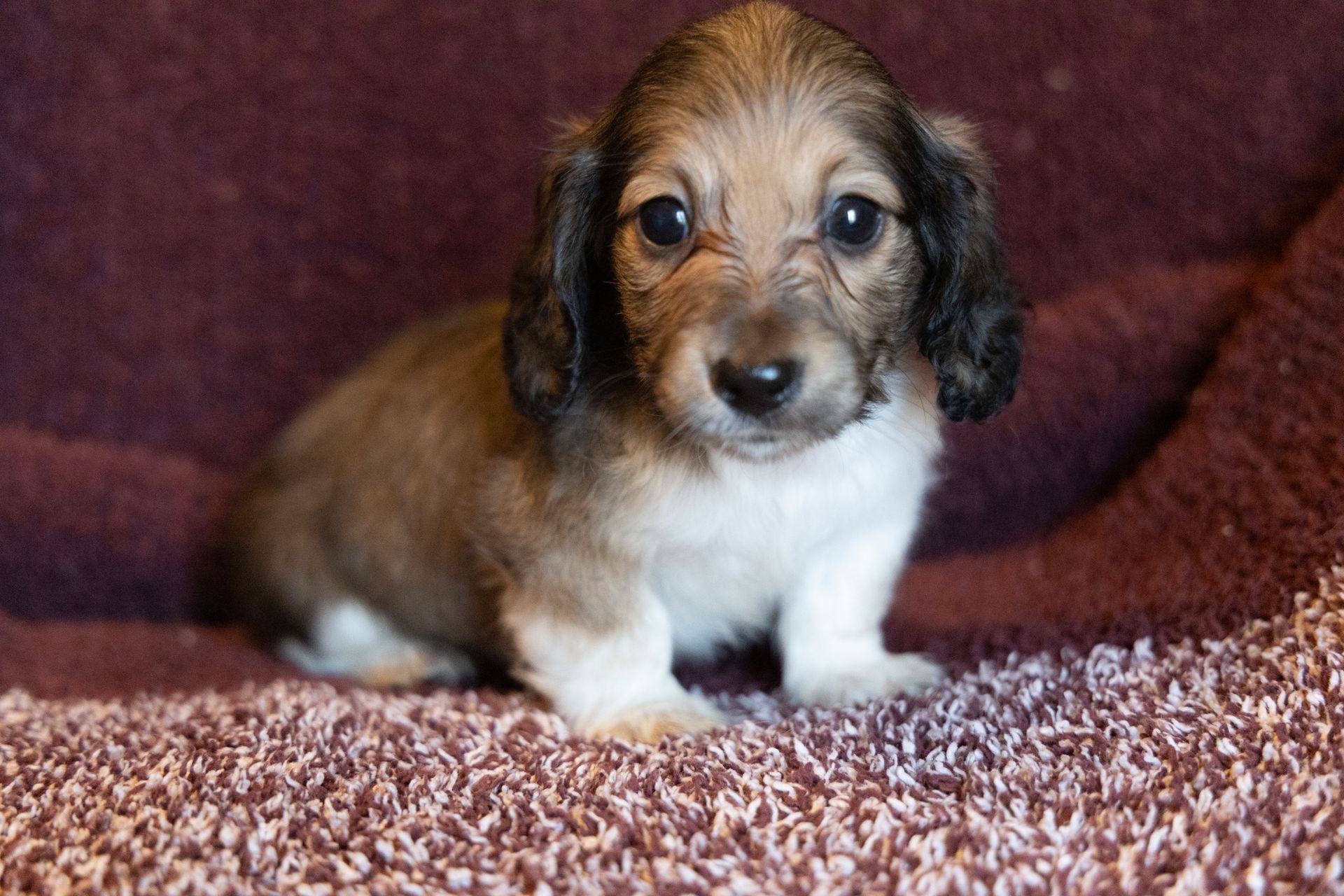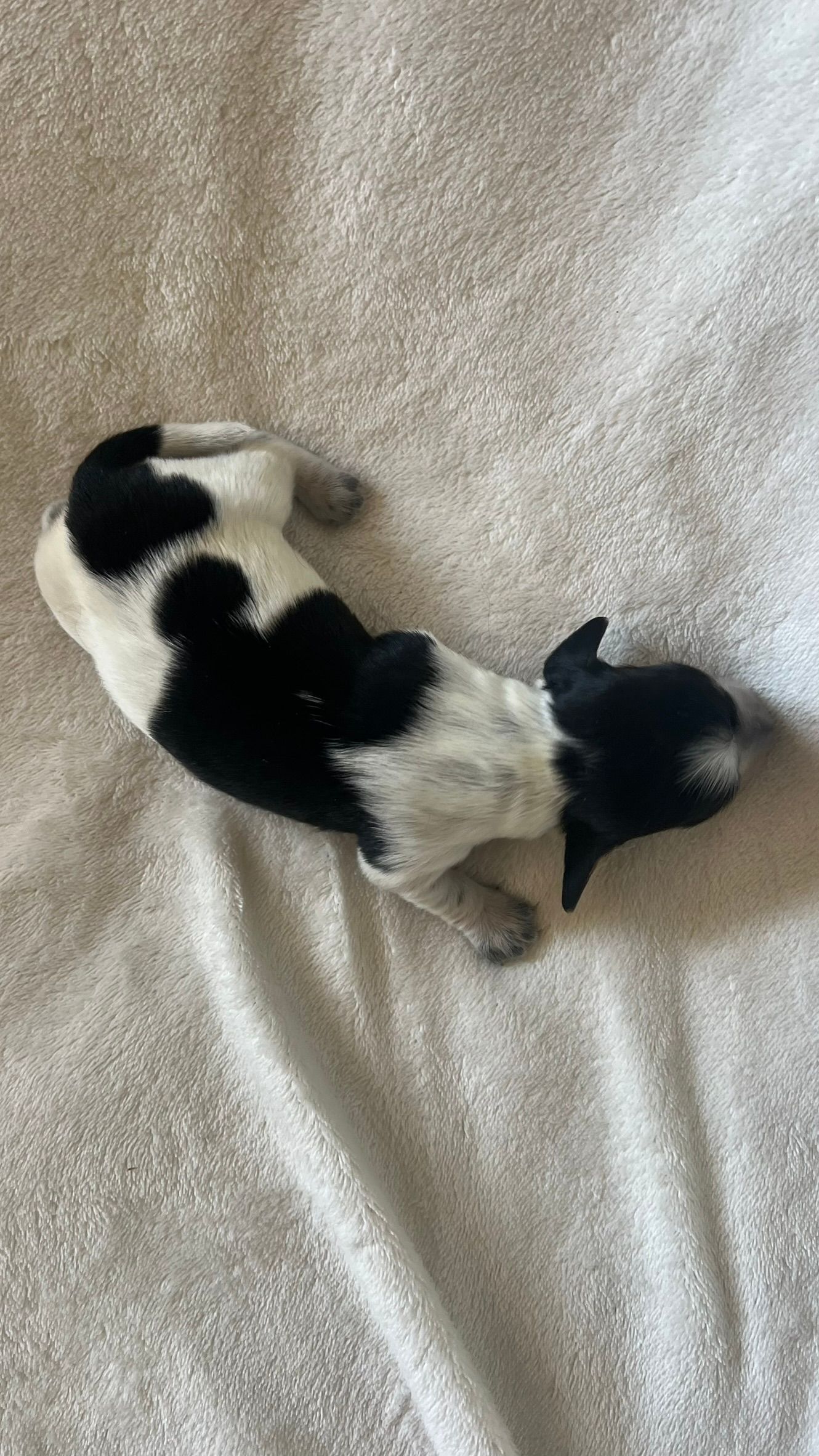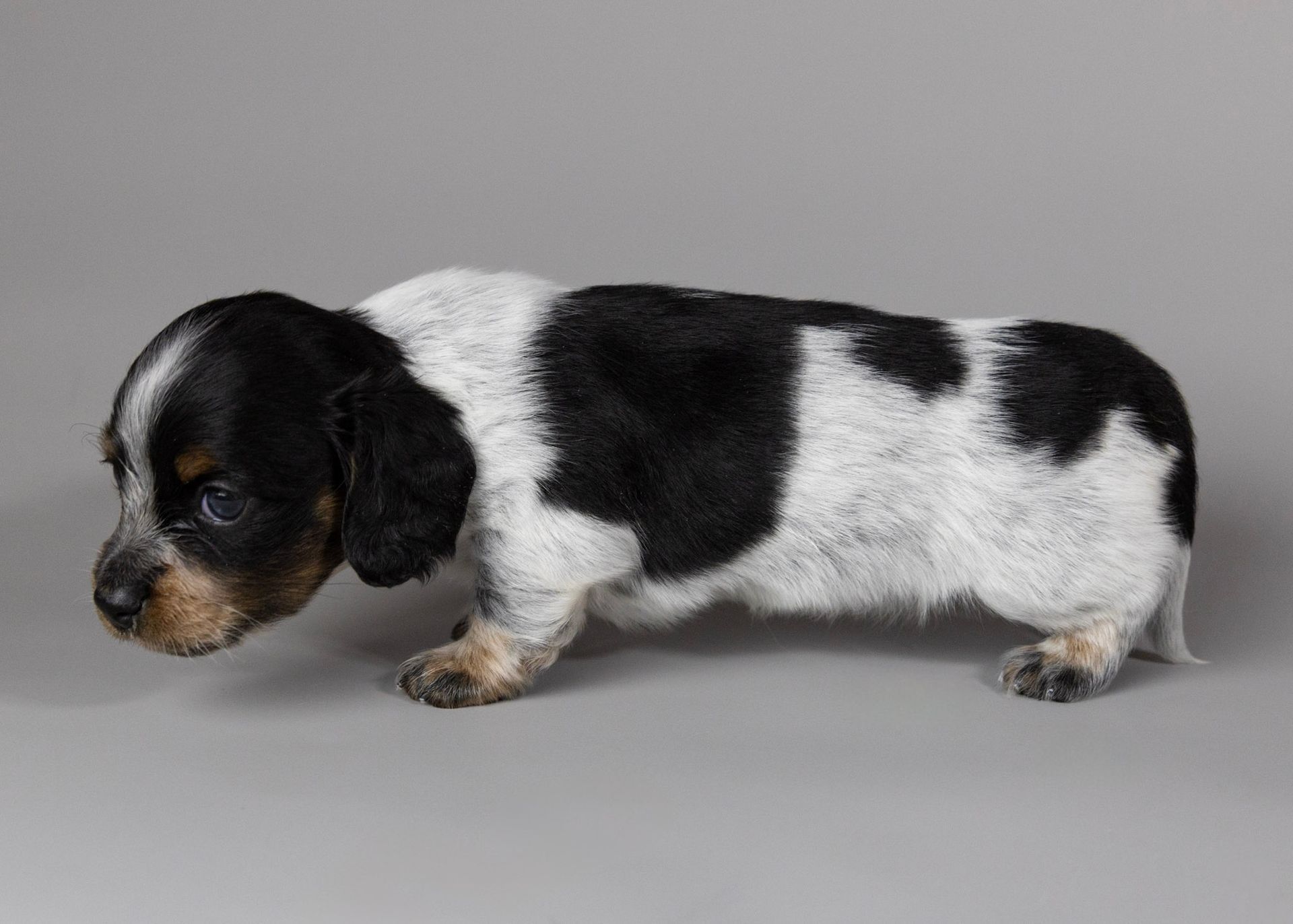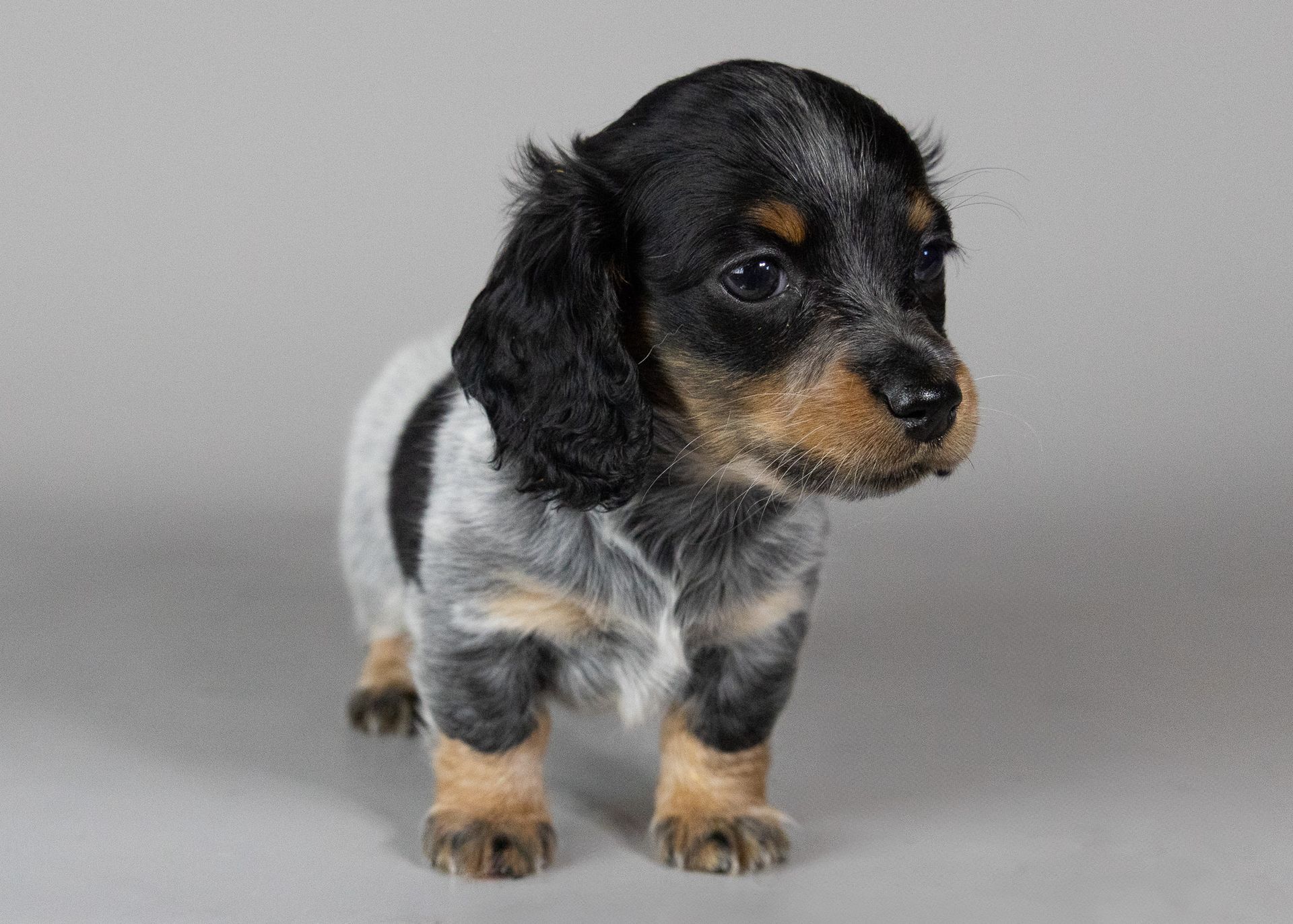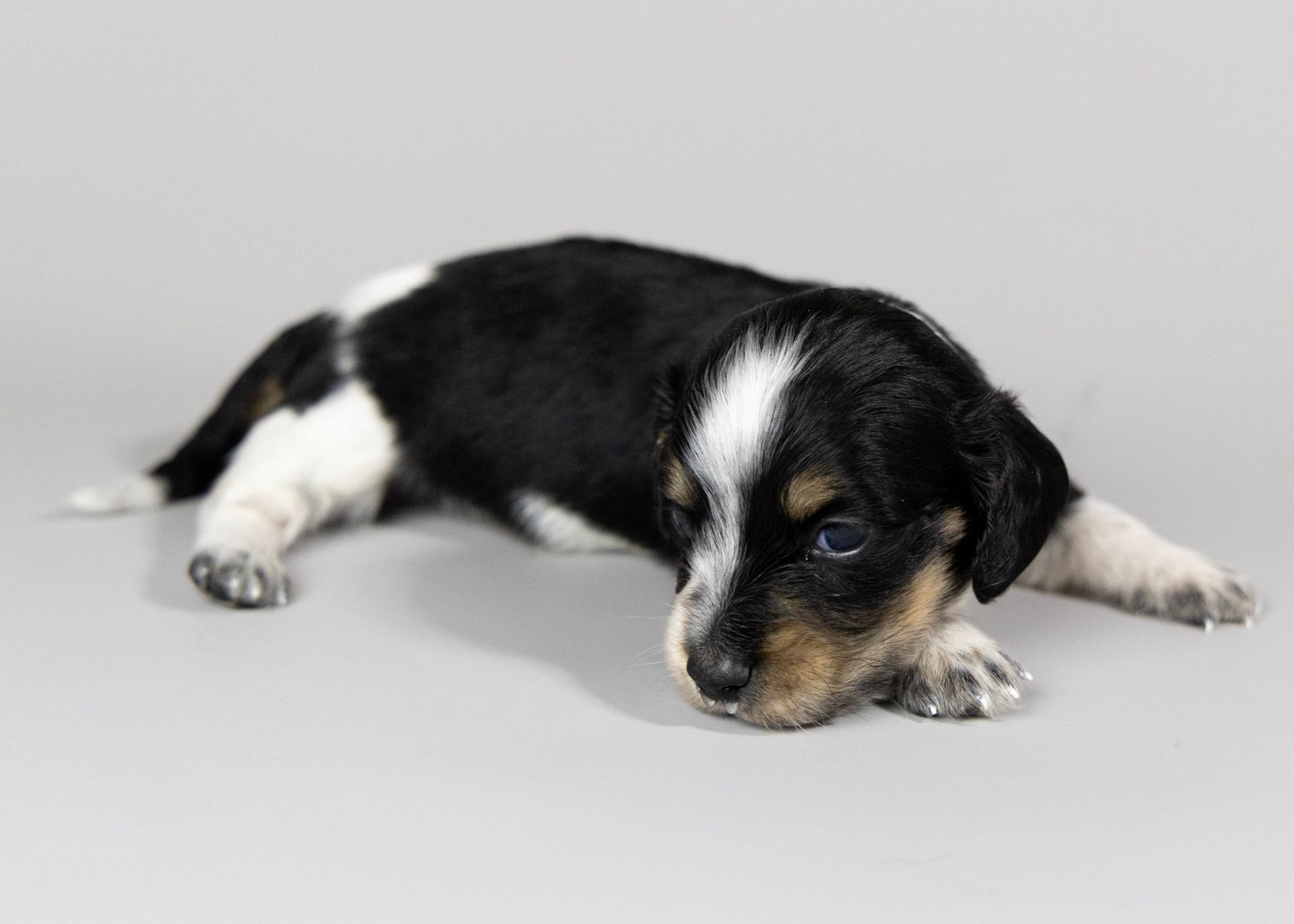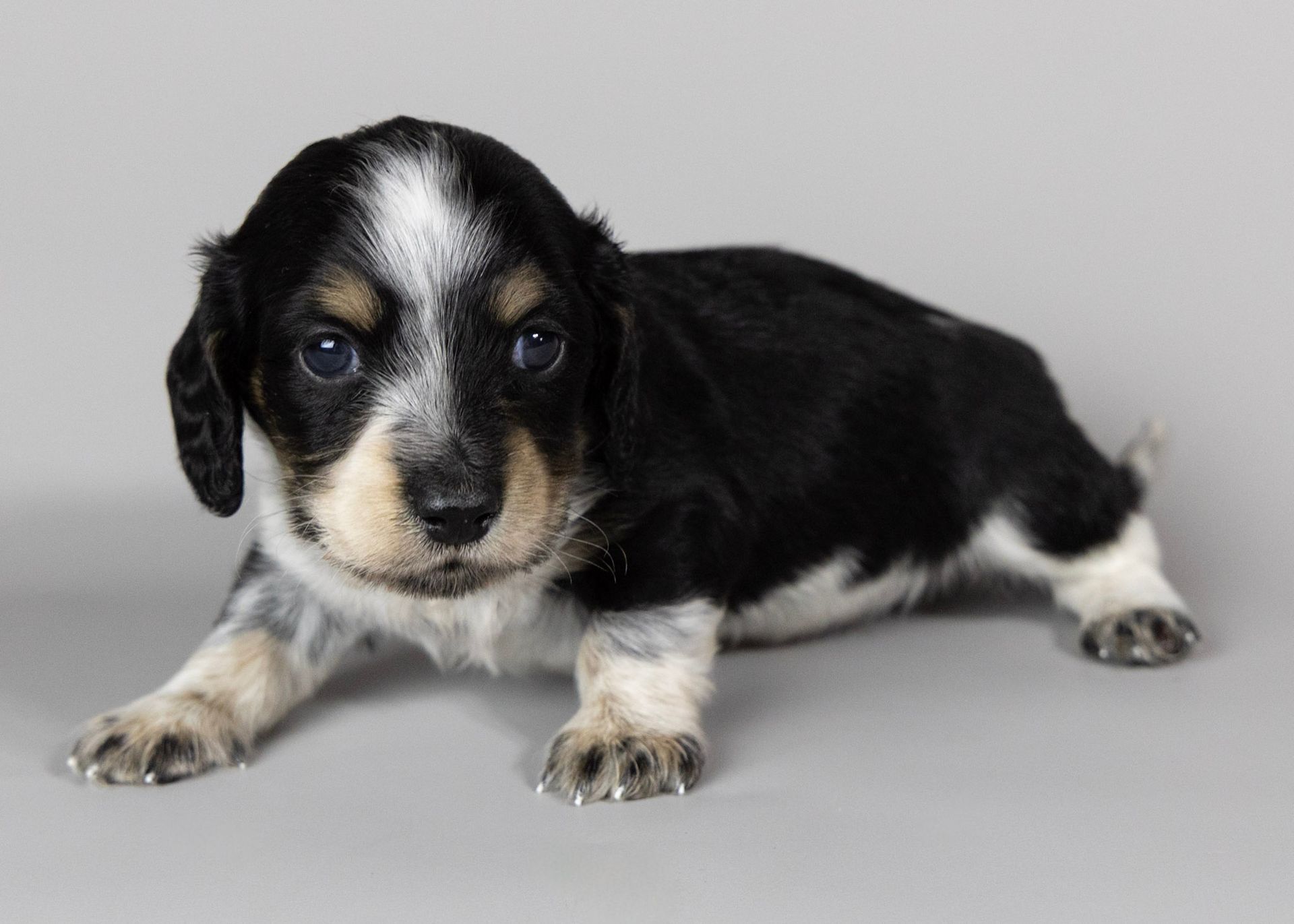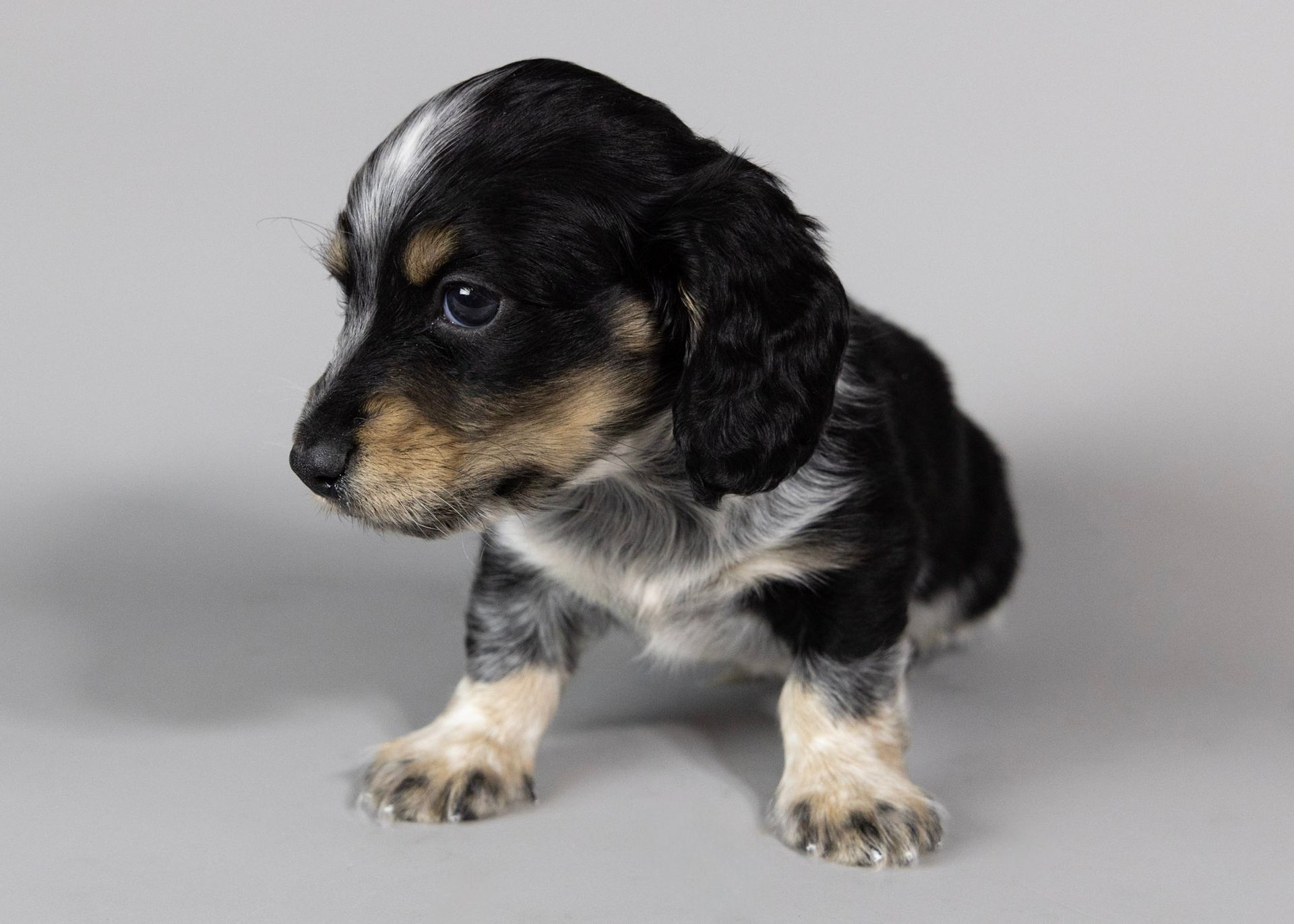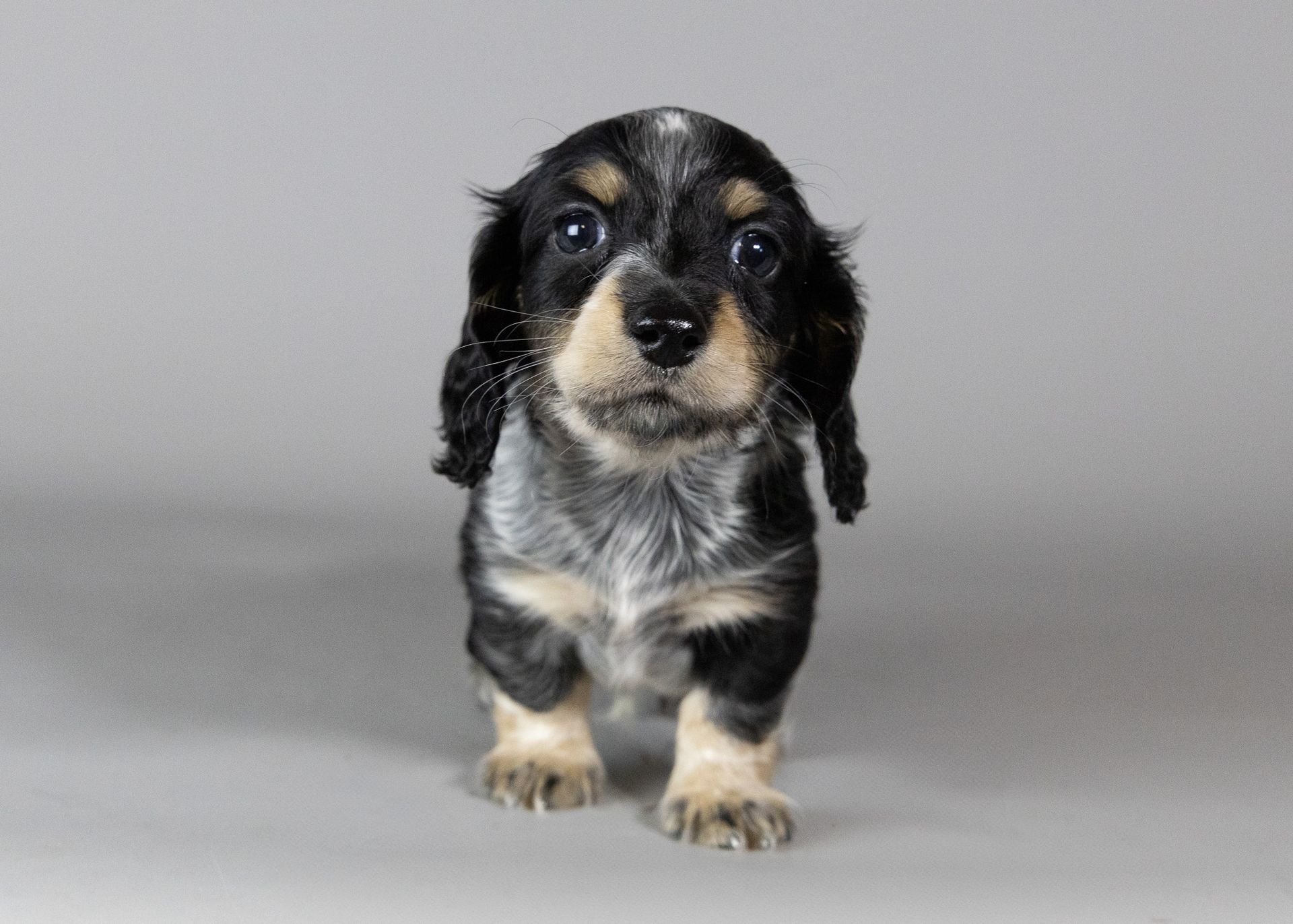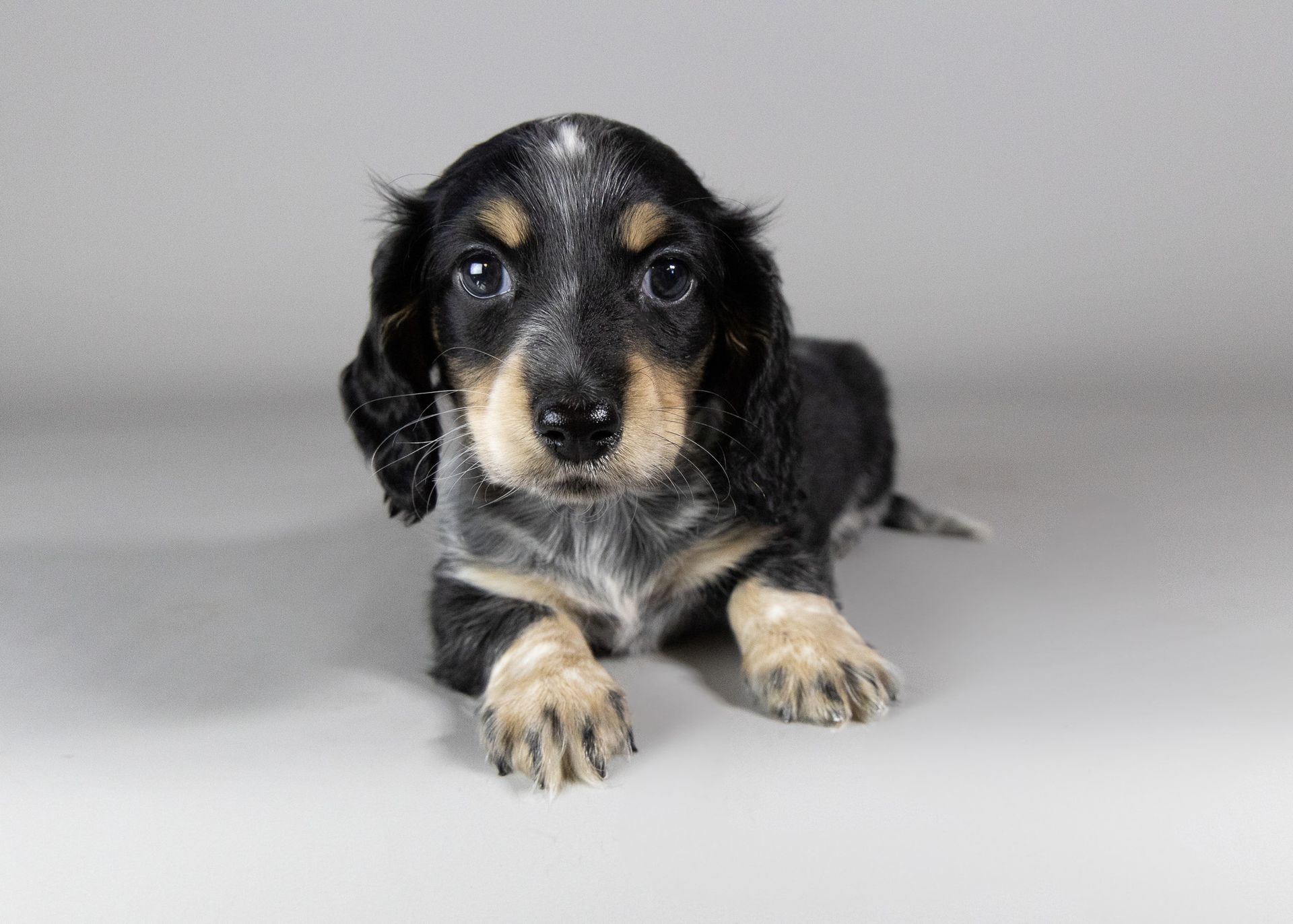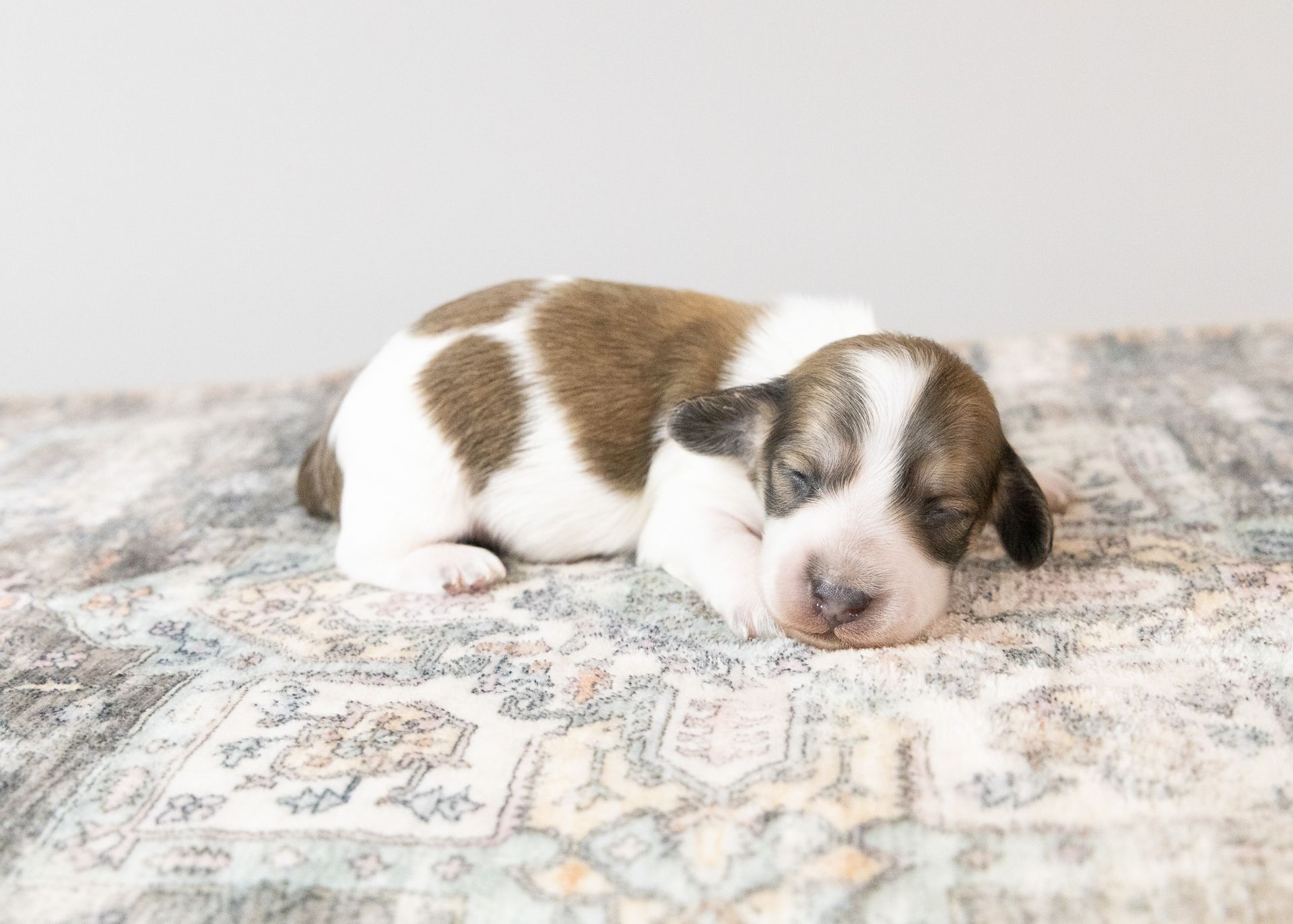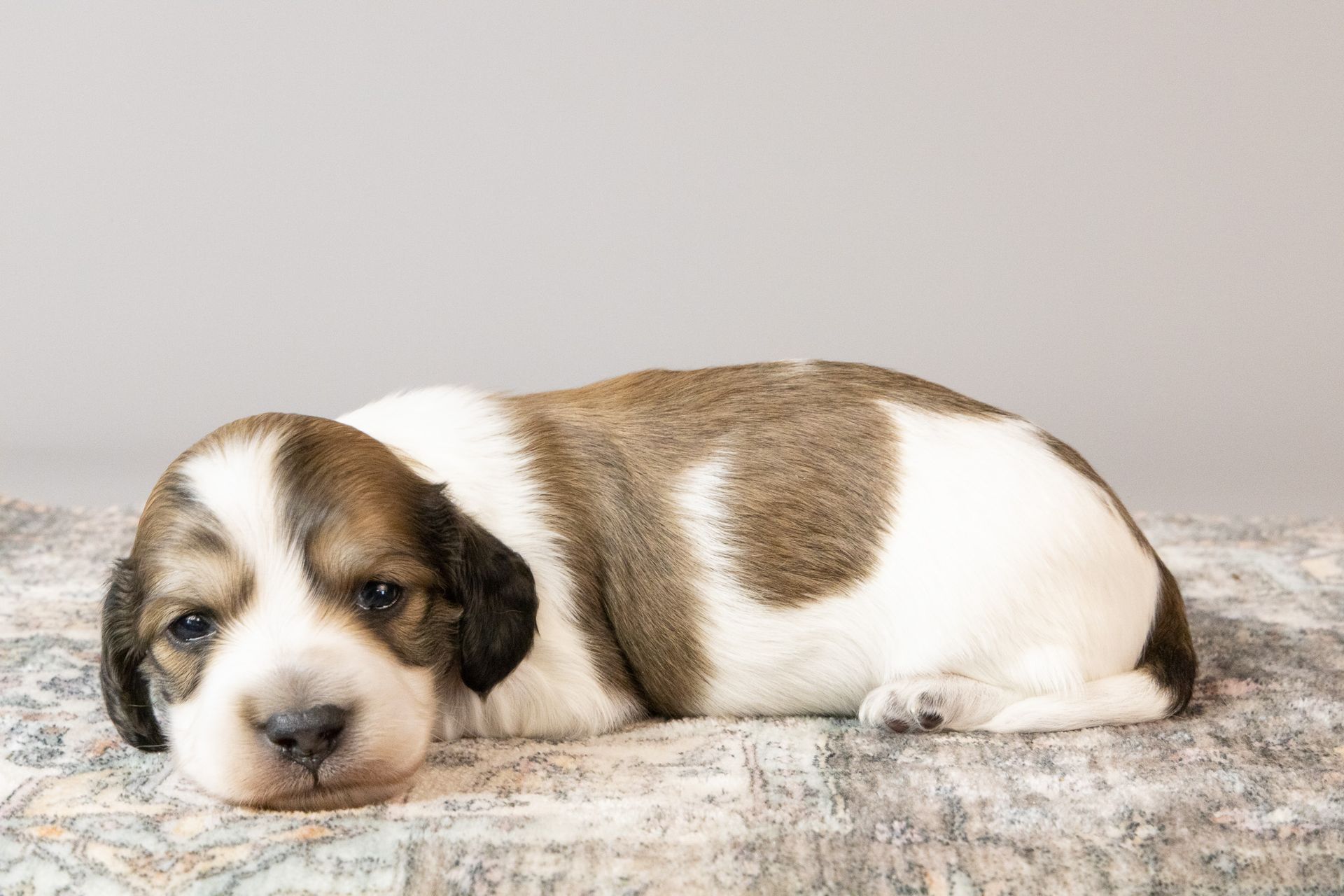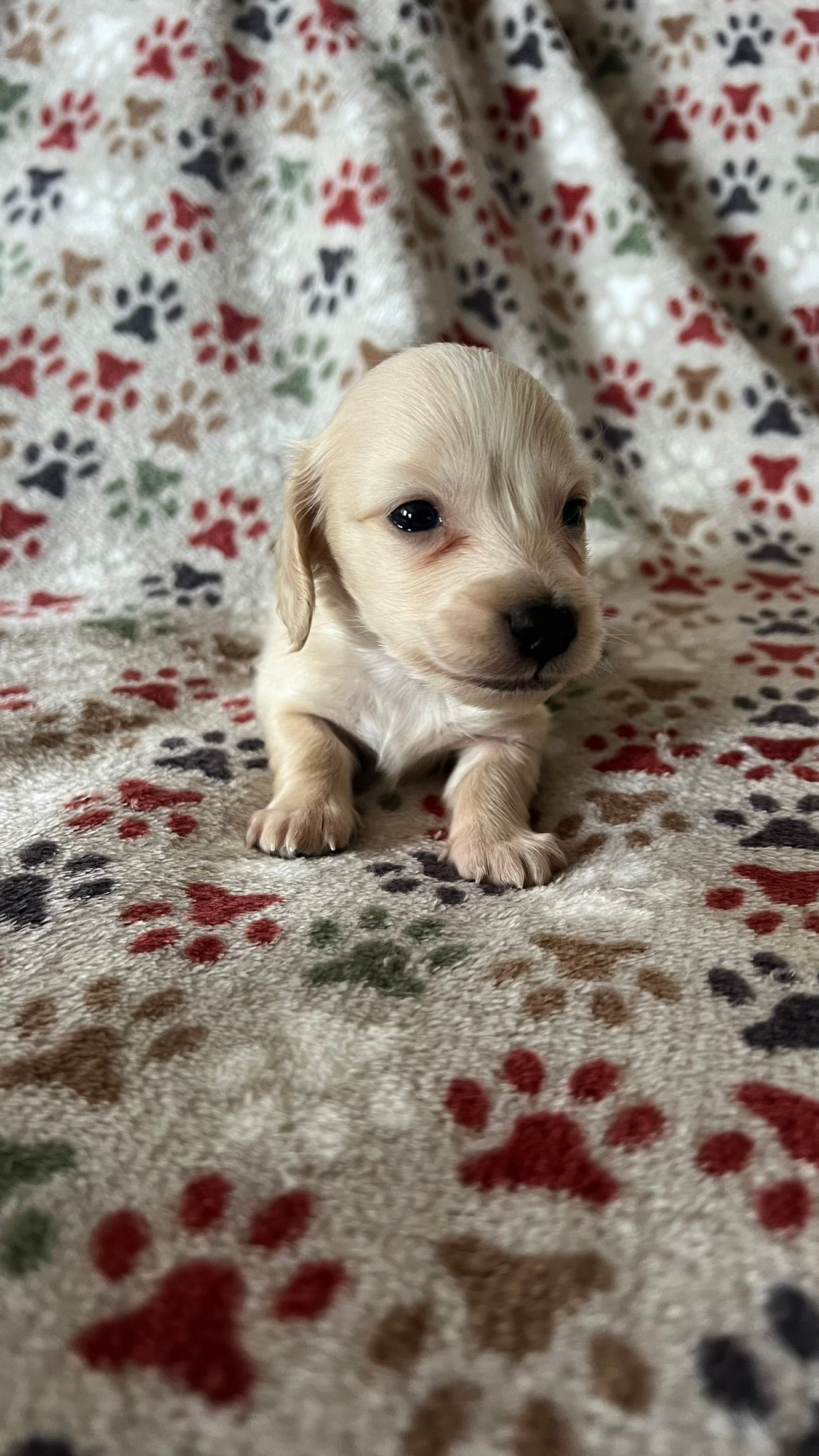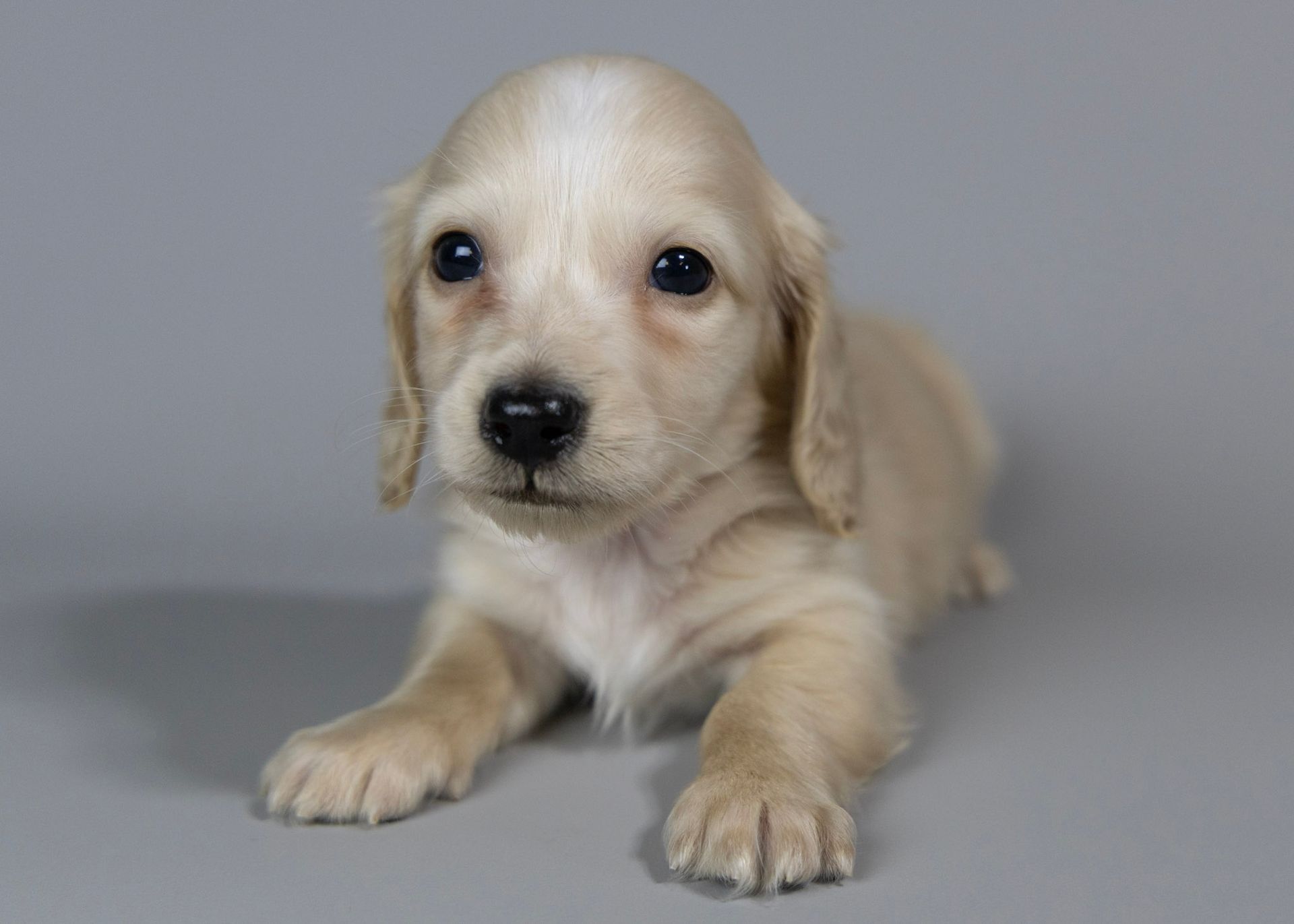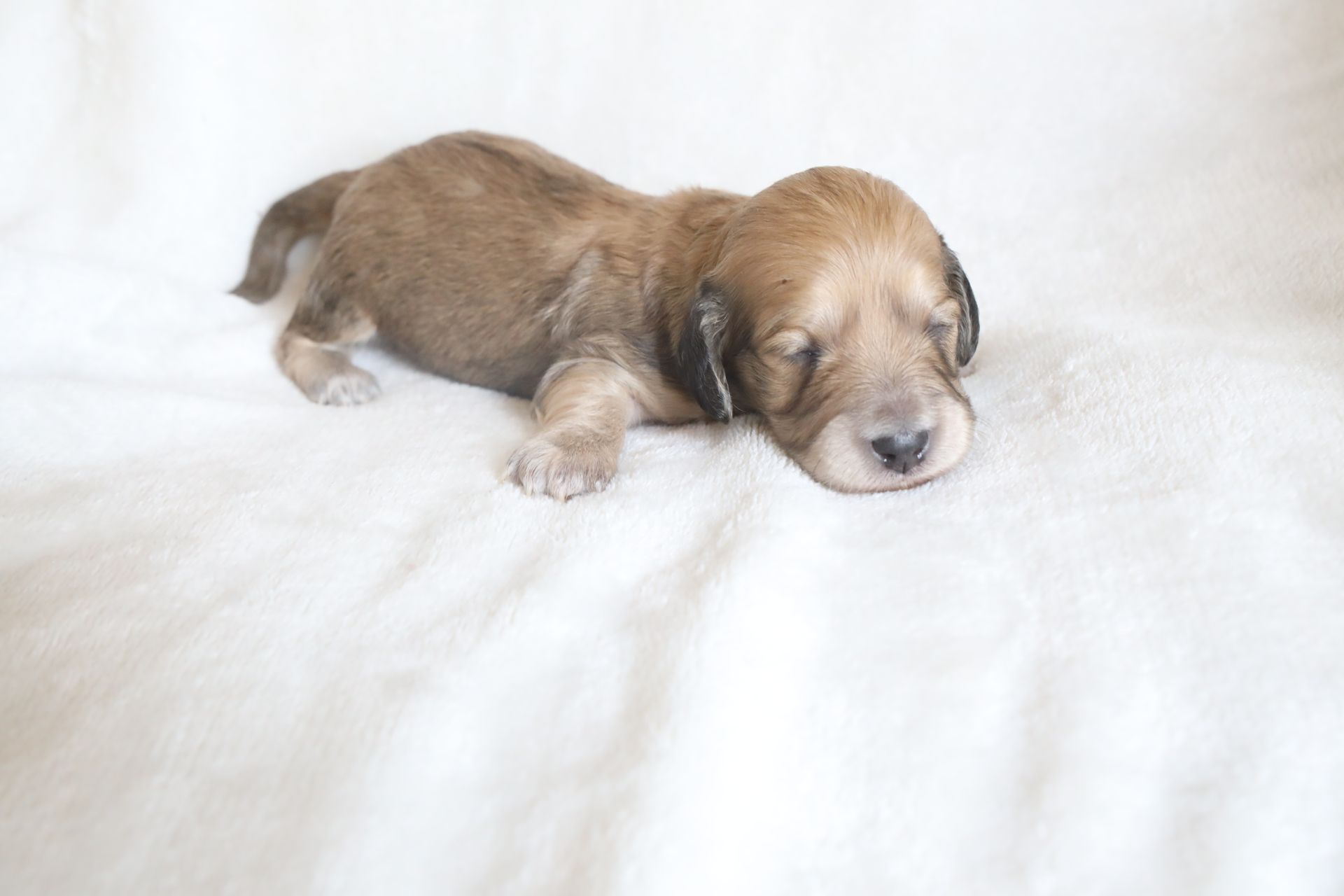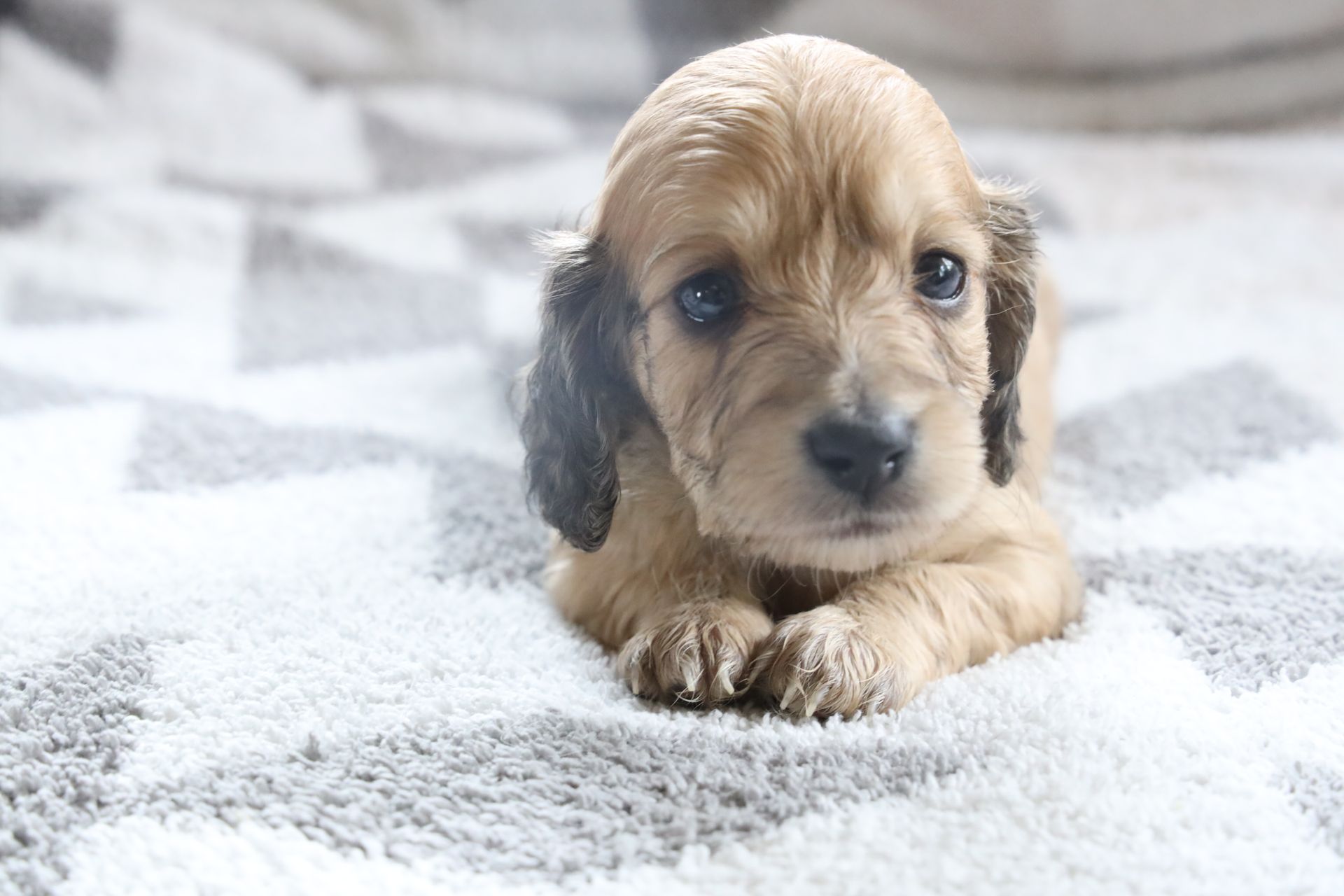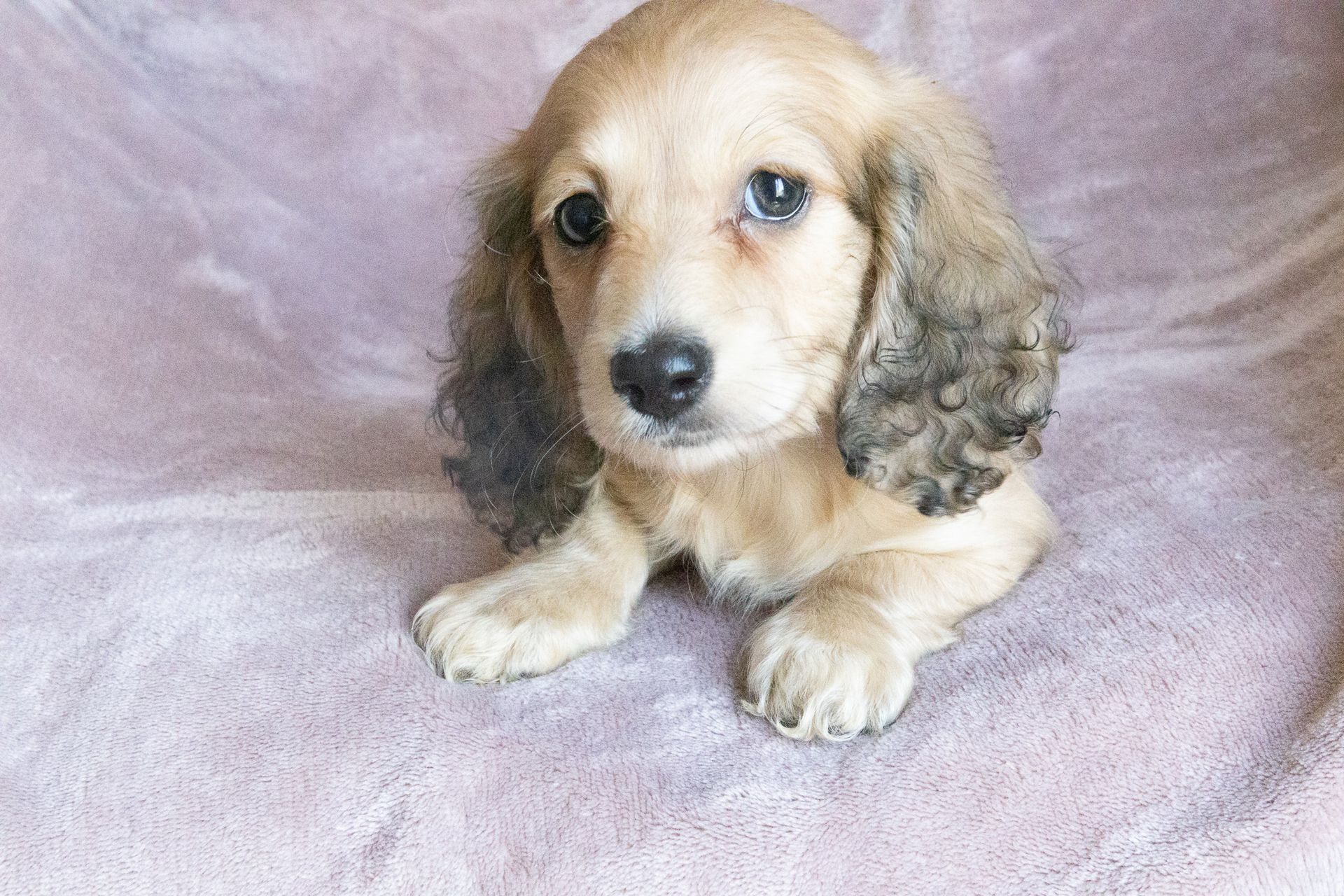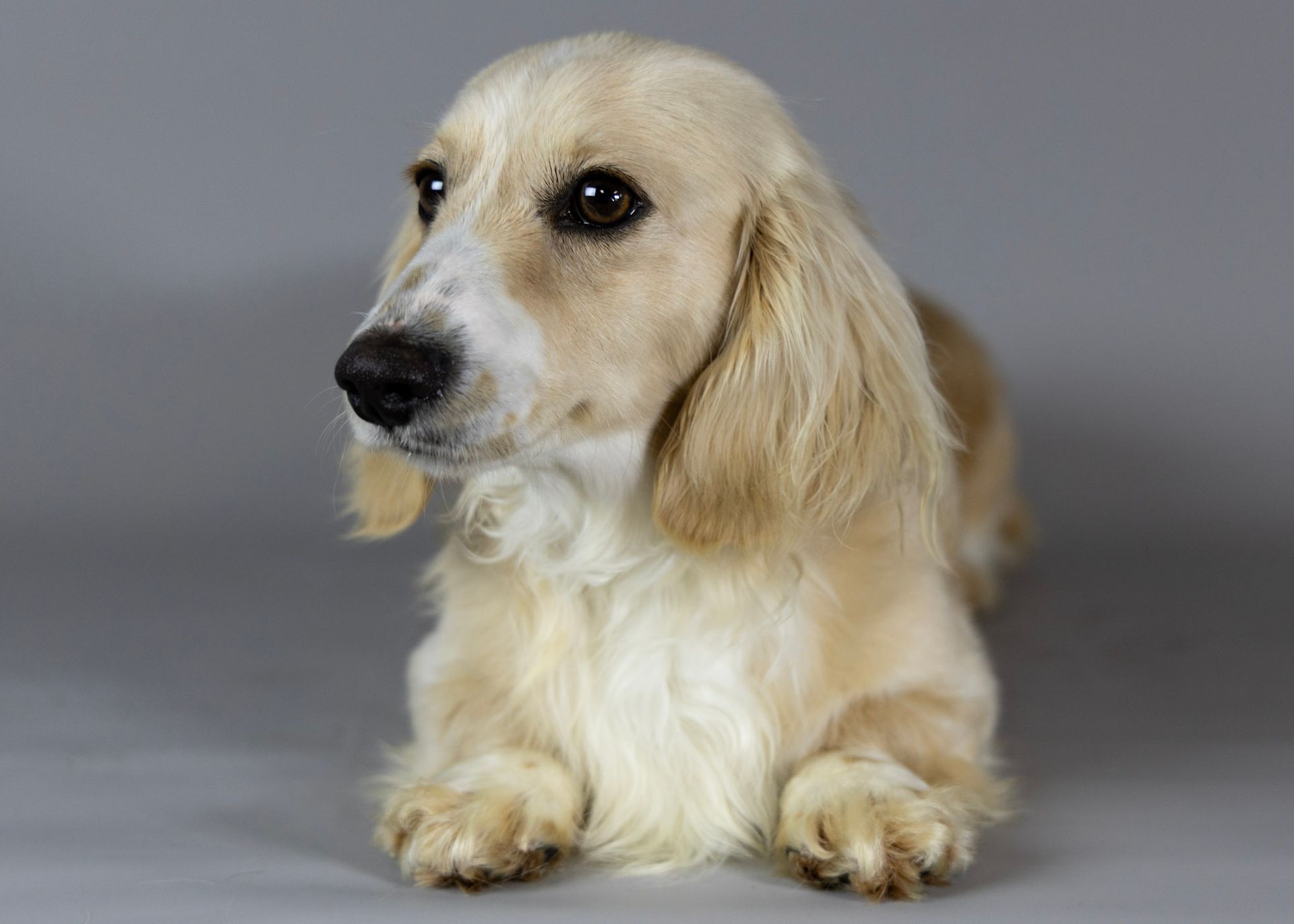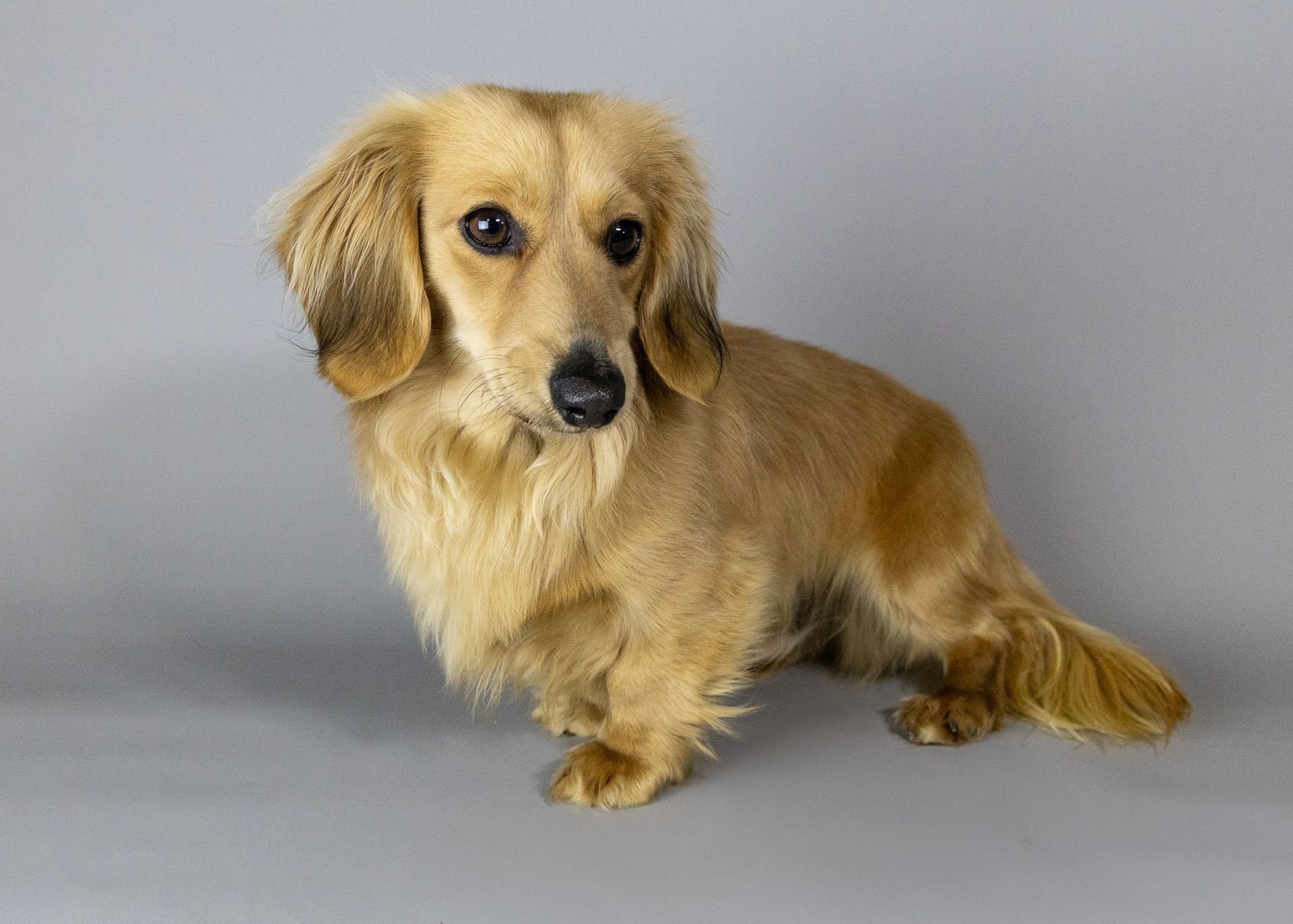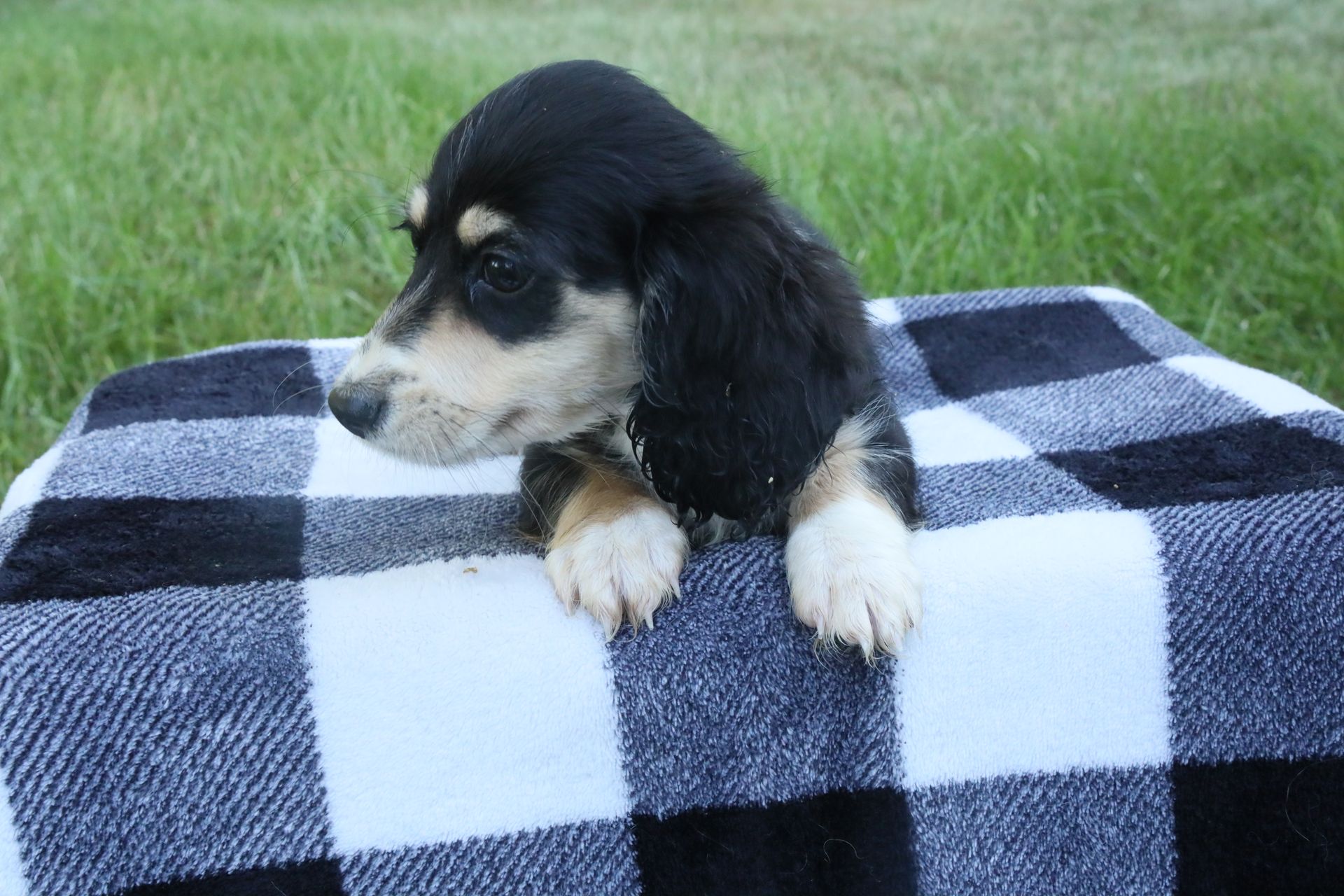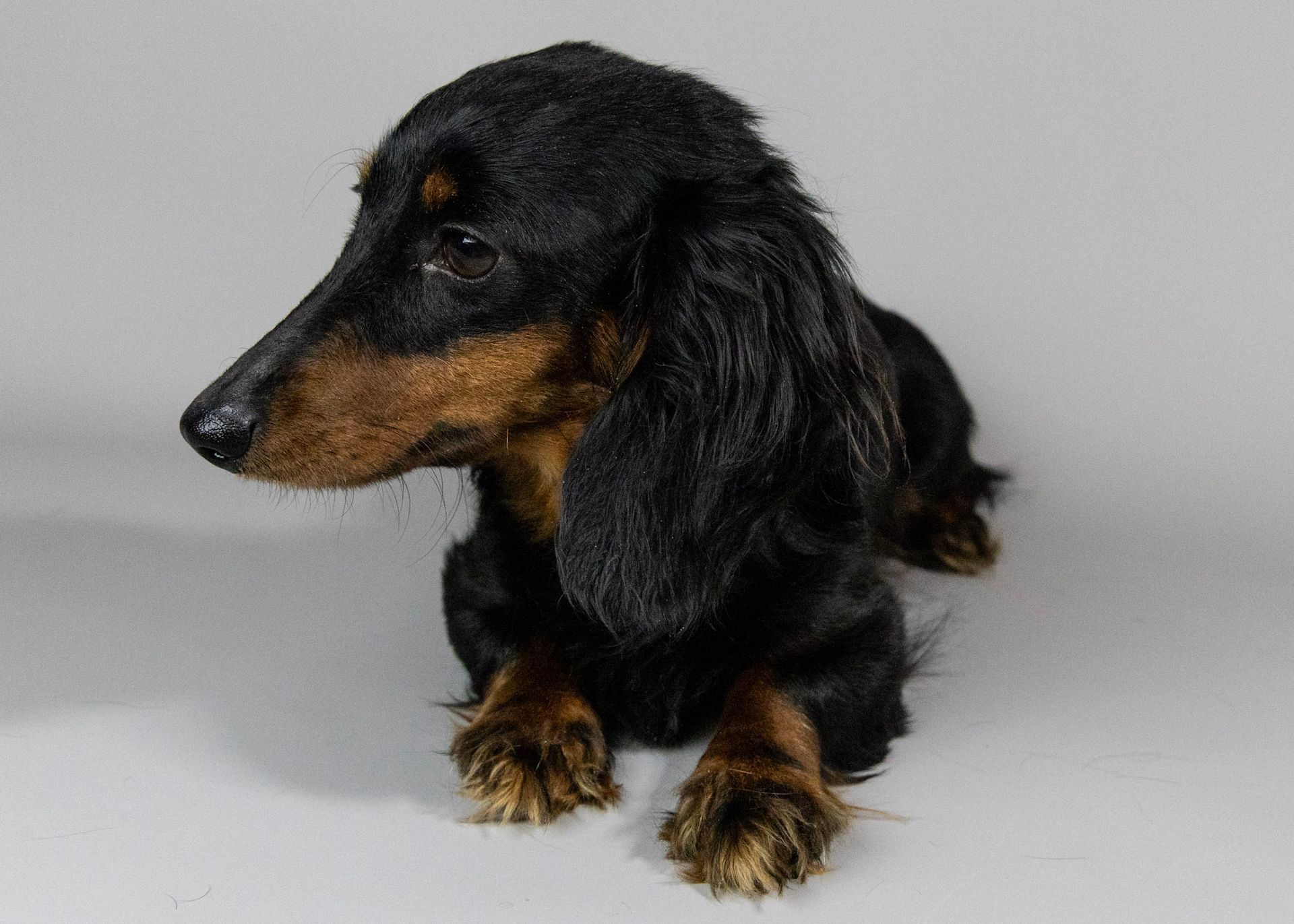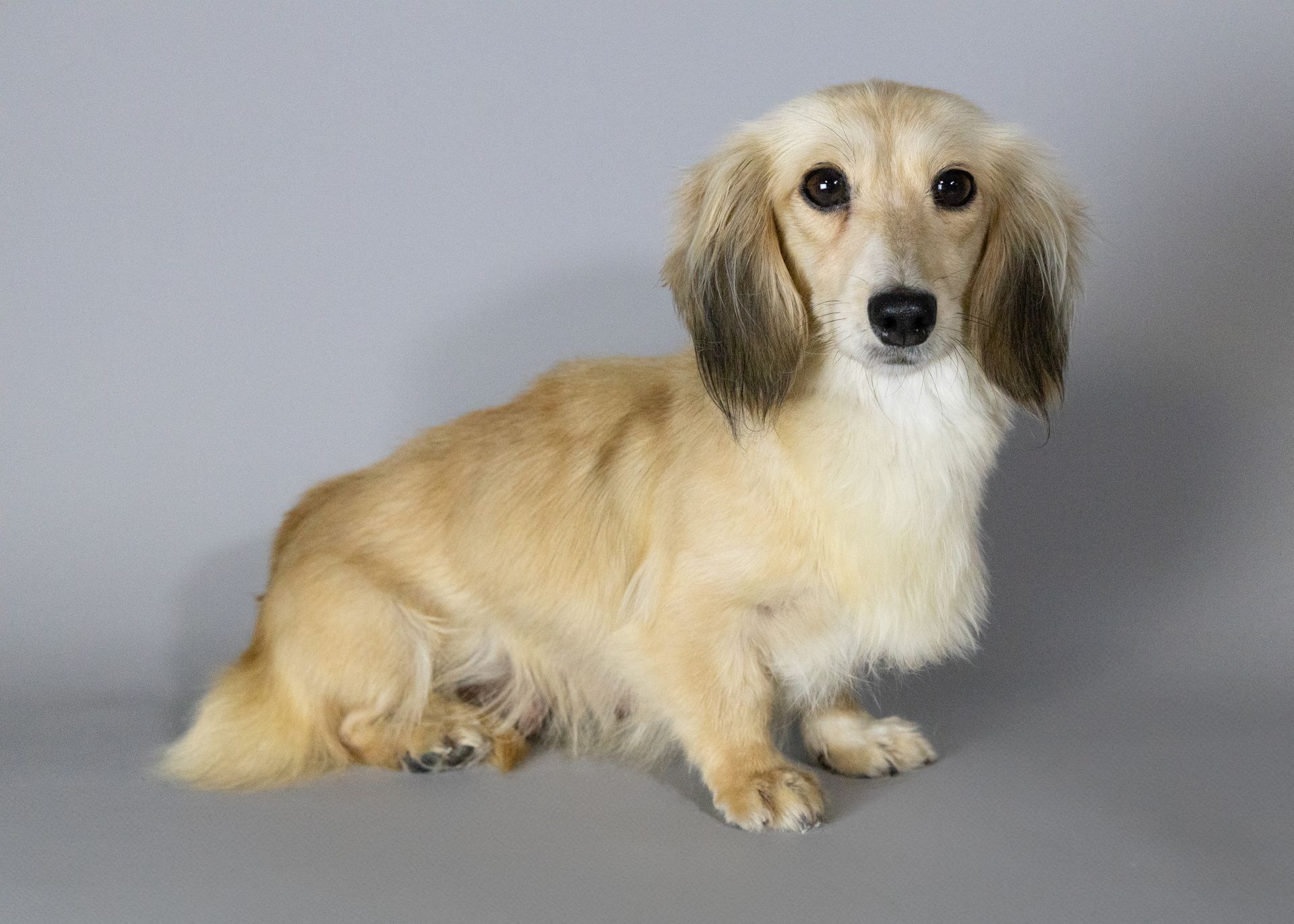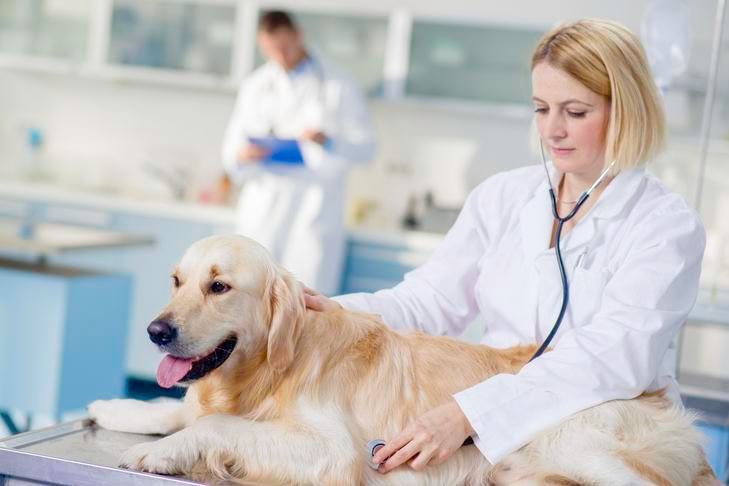Dachshund Coat Colors
There are hundreds of different coat, color, and pattern combinations when it comes to the Dachshund breed. Beyond that, coat colors develop gradually from when they are a neonate and into adulthood.
Since there are so many different combinations, I'm mostly focusing on what puppies we may produce as a breeder and only touch on the others.
The Basics
List of Services
-
COAT TYPESList Item 1
Long-haired, wire-haired, and smooth.
You may also hear of a silky-haired which is when a long-haired is bred to a wire-haired. This is not a coat option recognized by AKC.
We breed only long-haired.
-
BASIC COLORSList Item 2
"Solid" Colors:
Red, Cream
Pointed:
Black & Tan, Black & Cream, Chocolate & Tan, Chocolate & Cream
Pointed and diluted:
Blue & Tan, Blue & Cream, Isabella & Tan, Isabella & Cream
Wire-haired (mostly):
Wheaten (dilute red, has it's own name in wire-haired),
Wild Boar (more of a pattern but is a recognized color for wire-haired)
We don't breed dilute colors and all of our adults are either cream or carry cream. Many of our adults also carry chocolate.
-
PATTERNS (MARKINGS)List Item 3
Brindle
Dapple
Piebald
Sable
You'll oftentimes see dogs or puppies with multiple patterns on the coat i.e.- a black & tan dapple piebald. While this is possible it's not recognized by AKC and cannot be accurately registered with all patterns on their paperwork. Dapple is always the priority choice if you can only select one.
We currently produce puppies who have no pattern or are piebald.
All about Shaded Dachshunds
Shading is not a color or marking but I'll use this word often to describe certain coat colors for our dogs or puppies.
- A shaded dachshund is either cream or red
- They are born very dark and lighten A LOT, even up to or past their 1st birthday
- Some shading may remain on their ears, down their spine, and their tail. Or the shading may fade completely leaving what appears as solid red or cream.
- A shaded dachshund can either have chocolate (liver) pigment or black pigment. This pigment is expressed as their shading color that fades, and more permanently their nose, paw pads, and around their eyes
Chocolate is bb and Black is BB or Bb (black that carries chocolate)
- A shaded dachshund can also have patterns on their coat
- When registering with AKC the term shaded will not be listed as it's descriptive only.
- A shaded dachshund is genetically ay/ay or ay/at
(ay is shaded and at is pointed)
- Shading is dominant
- Shading in Dachshunds is NOT the same as sable
Sable is aw and needs a DNA test to confirm
Below is one of our puppies, she is a chocolate based shaded cream.
Her DNA: EE ay/at bb ii DD ...
Her coat will continue to lighten and show more cream over time. I'll continue adding pictures as she grows up.
She will be registered as cream.
The puppy below is one we bred, he is a shaded cream that has black pigment. I won't say black-based because it's more common and easily understood, I only denote chocolate-based so it's understood that it is a cream puppy shaded with chocolate rather than an actual chocolate puppy.
The last image is at 1 year old.
His DNA would presumably be Ee or EE and ay/ay or ay/at BB or Bb ii
This puppy is an example of a shaded cream piebald. At birth the white areas (piebald) will be solid white and over the weeks can develop ticking or roan. This example shows ticking only (see the spots on his feet/legs).
Piebald
We have produced quite a few piebald puppies. Piebald is another one where it will change and develop over time. Piebald is essentially just the white that develops and spreads across their body during gestation. These white areas can also be filled with ticking (spots) or roan (colored hair finely interspersed with the white hairs).
Black and Tan Piebald with a great example of heavy roan. Can you see how finely the dark and light hairs are combined? To me, it leaves an end coat color very similar to an Australian cattle dog.
Black and Cream Piebald with ticking and roan. This boy is a slightly less extreme example as his sister above only because he was born with a lot less piebald markings (white). He also has a bit more visible spotting on his feet.
Shaded Cream Piebald -- I'll update these photos as he grows and see if he shows roan, but he already shows that he will have ticking on his feet. Also, see the earlier photos above for another example of a shaded cream piebald.
Nature's Symphony
All about 'ee'
This section can get confusing so here are the cliff notes:
- All "ee creams" are genetically red
- Most breeders will refer to these coats as clear creams
- ee stops all other genetic coat traits from being visible except for piebald
- Even if an ee dog is genetically any of the following: dapple, brindle, pointed, sable, shaded...they will not show it visibly
Below is an example of a clear cream piebald puppy that we bred. They are born light, unlike shaded creams, and remain light-colored.
This is NOT a clear cream -- she is a shaded cream with less shading at birth. But she did lose just about all of her shading leaving a similar end result for her coat color.
If you've been looking around for a dachshund puppy you have probably heard of an 'ee cream'. Genetically, and in very simple terms, the E locus (extension) determines if the dog's genetic coat color extends normally--does the dog express their coat color or is it only able to produce shades of red.
Example: if a dog is genetically black and cream (at/at and ii), will the E locus allow that coat to be visually seen?
EE- yes, that black and cream dog will indeed be black and cream. No restriction of color.
Ee- yes, same. However, if breeding the 'e' can be important to know.
ee- no, all coat colors are removed and replaced with red (or shades of red).
Click through for more examples.
